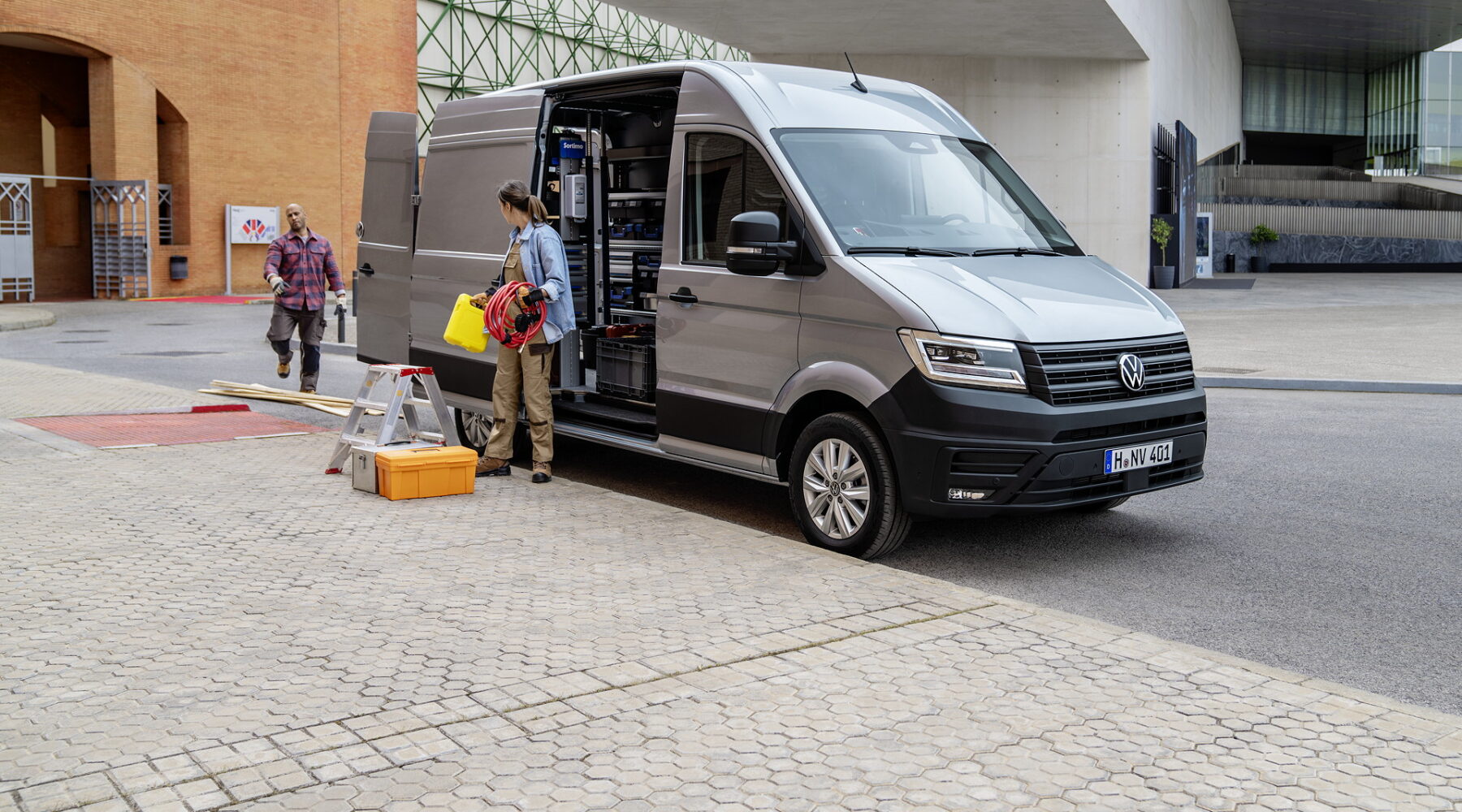


Background Knowledge | FleetTalk with Volkswagen Commercial Vehicles
“We find the right solution for the customer”
Throughout the year of 2024, Volkswagen Commercial Vehicles is conducting a product offensive that offers something new in all model series. In the following FleetTalk, Konrad Wagner, the Head of Sales for Fleet Customers in Europe and International, and Andreas Zenk, the Head of Sales for Fleet Customers in Germany, discuss the ways that customers will profit from these new products and enhancements. Read now
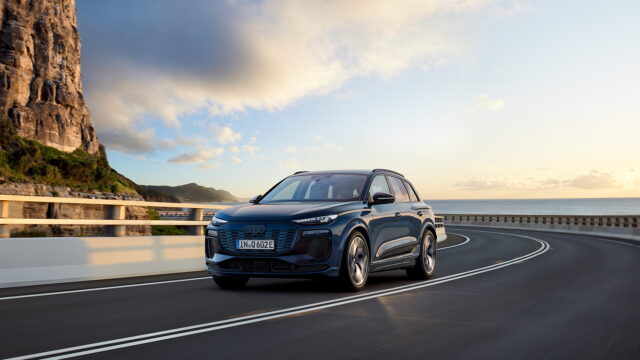
Audi | The new Q6 e-tron
Ready. Steady. E-SUV!
Audi is in the middle of its transformation into a provider of premium electric mobility: With the new Audi Q6 e-tron, the manufacturer is now launching its first product line based on the Premium Platform Electric (PPE). For those who travel often for their work, it offers advantages such as its outstanding electric performance, progressive design and digital interior. Go. Read now
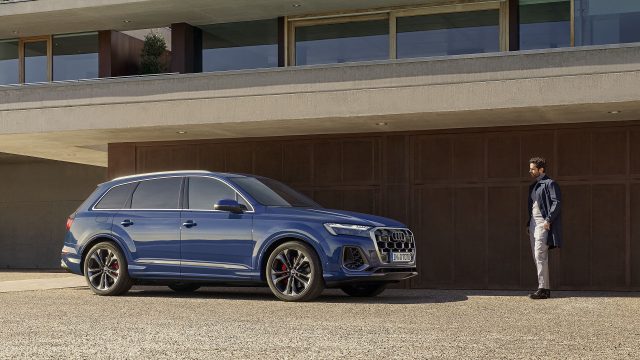
Audi | The new Q7
What do professional and private life have in common?
That’s right – it’s the Audi Q7. The reasons for this alliance are obvious: The large SUV made by Audi has been one of the most popular members of its vehicle class since 2005. Ever since more and more companies started to make room in their fleets for these muscular urban cowboys, the Q7 has become a permanent member in the business segment: Here, too, the reasons for this shift are obvious. First, the vehicle’s distinctive design – it’s an Audi after all – that makes a stunning impression during customer meetings. Second, its flexible interior concept that is ideal for private usage. User-choosers with families know exactly how important such features are. Read now
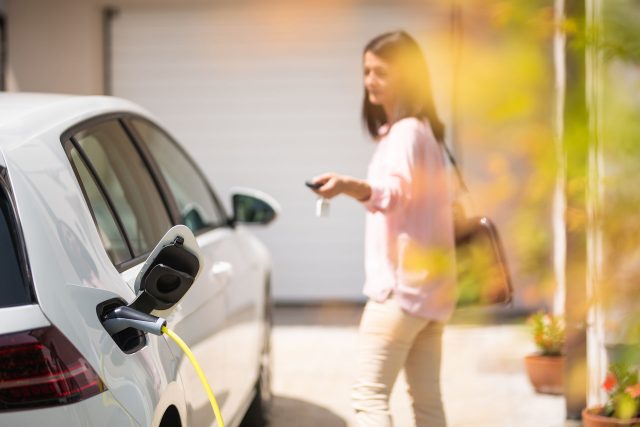
Fleet Knowledge | E-Mobilität
Charging for business use? Billing made simple, access new tariffs!
With Home Charging Service from LOGPAY, fleet managers can reimburse company car drivers for the costs of charging for business hassle-free. Discover the benefits this service offers and how it all works here. Read now
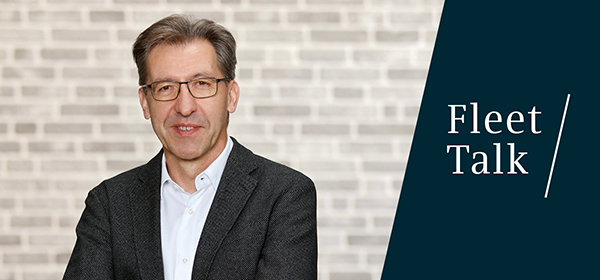
Interview | Interview with Steffen Zöhke
Škoda: Strong arrows in the quiver
Octavia, Kodiaq, Superb: Traditionally, hearing these names causes fleet operators’ ears to prick up. The new versions of these fleet-favourites will be hitting the market in 2024. Steffen Zöhke, Head of Fleets, Direct Customers and Remarketing at Škoda Auto Deutschland, explains what fleet customers can expect – and what progress is being made in terms of electric mobility – in the following interview. Read now

Interview | FleetTalk with Luboš Vnenk
E-xplore: Škoda goes electric
Škoda has hit the mark with its first electric model: the Enyaq SUV is currently the most registered electric vehicle in Germany. The brand is pursuing ambitious plans up until 2026 and is launching six new, fully electric models. In an interview, Škoda Key Accounts Coordinator Luboš Vnenk explains how the expanded portfolio also opens up new prospects for fleets. Read now
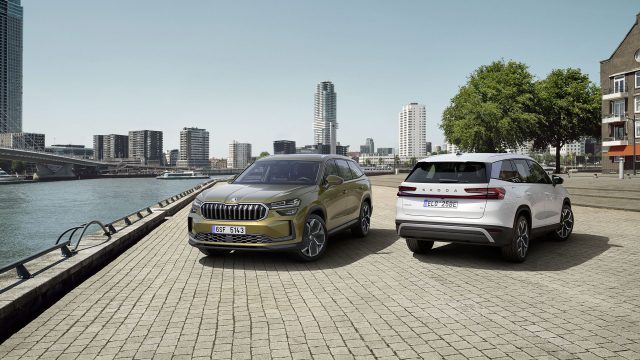
Škoda | The new Kodiaq
Škoda Kodiaq: A new dimension in comfort
With the second generation of its SUV flagship Kodiaq, Škoda intends to continue the success enjoyed by its predecessor model. To accomplish this, the Czech car manufacturer has put together a new complete package of features that will certainly please user-choosers and fleet managers. Read now
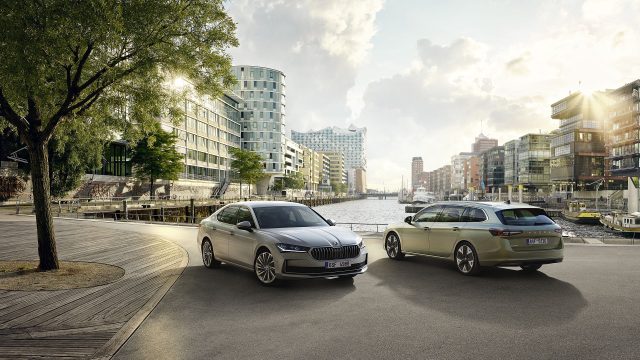
Škoda | The new Superb
Four wins
The Škoda brand has been an invaluable member of company vehicle fleets for many years now – particularly when it comes to the Škoda Superb. What’s even more exciting is that the next generation of the vehicle is about to go on sale: As usual, the new Superb is available as a saloon and estate – making it the only brand in the Volkswagen Group to offer both model versions in this class. And, as usual, the new vehicle will set new standards in design, comfort and economic efficiency. Read now

Fleet Knowledge | Fleet Ordering
It is all so simple
Fleet configurations and vehicle ordering can be complicated and time-consuming processes. The online system called Fleet Ordering proves that things do not have to be that way: Major and direct customers of the Volkswagen Group can use this practical tool to significantly improve the efficiency of their processes. Read now
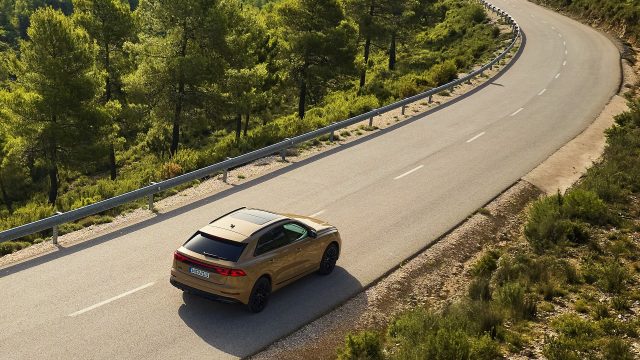
Audi | The new Q8
Do you know the flagship of the Q family from Audi?
If so, great, because there are lots of changes to tell you about. If not, you now have an opportunity to get to know an SUV Coupé that is sure to impress fleet managers and user choosers. That’s because the upgraded Audi Q8 not only retains its usual expressive appearance, it can also be individualised with a wide variety of equipment features. This starts on the outside at the front and continues through new paint colours and wheels to the rear lights. What’s more, there is a choice of various decorative inlays for the interior. Sounds interesting? Read now

Fleet Knowledge | Fleet insurance
Fleet insurance: why it’s worth weighing up your options
Nicht nur für Privatkunden kann sich ein Wechsel des Kfz-Versicherungsanbieters zum Stichtag 30.11.2023 rechnen. Auch Flottenbetreiber sollten die aktuellen Angebote frühzeitig prüfen, um größtmögliche Benefits für das Unternehmen herauszuholen. Read now

Interview | Knut Krösche
“CARIAD integrates the digital world seamlessly into the car!”
Software platforms are transforming modern vehicles into smart companions. The Volkswagen Group’s software development company CARIAD has been driving this development at full speed for several years. We spoke to Knut Krösche, Head of Digital Business & Mobility Services at CARIAD. Read now
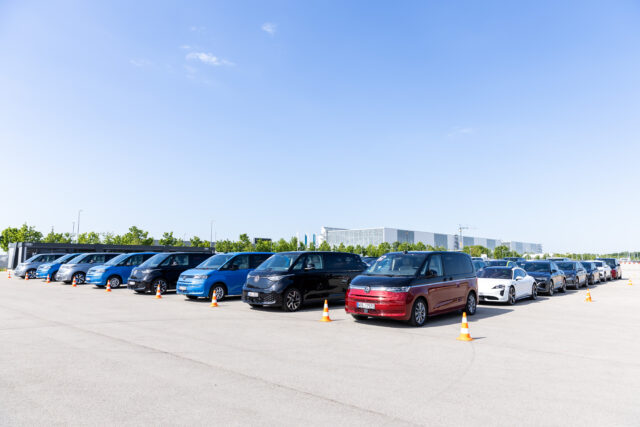
Fleet Knowledge | Konzern Forum 2023
A unique experience!
Group Forum 2023: Some 1,000 participants from 24 countries travelled to Munich in June 2023 to experience the combined fleet power of the Volkswagen Group brands. Read now

Fleet Knowledge | Legal (Guest article)
Travel time – also working time?
A customer meeting here, a trade fair there and perhaps a flight to a business meeting overseas – one question is often asked: Is the journey time also considered working time and if so, how is it remunerated? Read now
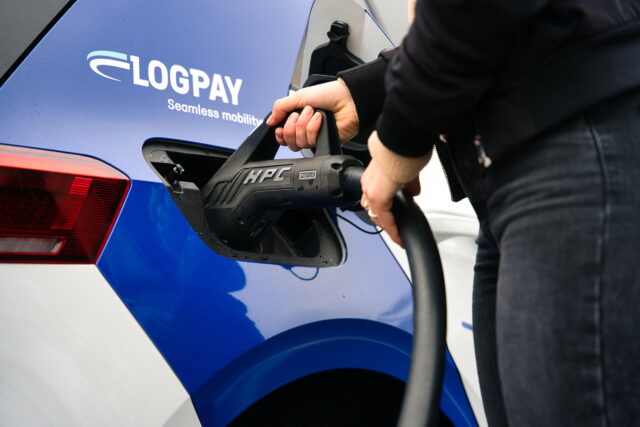
Fleet Knowledge | Charging at home
When the calculations add up
An easy way to bill the cost of business charging at home? For a long time this has involved a lot of organisational effort for fleet managers and company car users. Significant help is now at hand in Germany, however, thanks to the smart Home Charging Service from LOGPAY Transport Services GmbH, a wholly owned subsidiary of Volkswagen Financial Services AG. Read now

E-Mobility | Battery plants
Fit for e-mobility
The transformation towards electric and digital mobility is in full swing. In-house local battery factories will ensure reliability of supply for these important energy storage units. The most recent additions are the Volkswagen Group’s future gigafactories in Valencia, Spain, and St. Thomas, Ontario, Canada (picture above). Read now

Interview | Thomas Rennebaum
More mobility – less complexity
In such volatile times as these, organising company mobility can quickly turn into an obstacle race. Read now
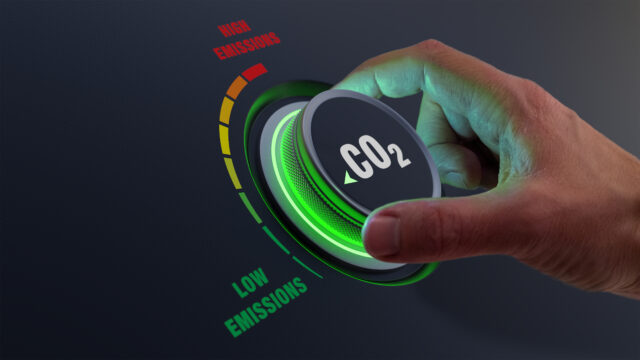
Fleet Knowledge | Management
Earn money with the GHG quota
Slowly but surely media attention is focusing increasingly on a particular phrase: the GHG quota. And rightly so, since it describes a trading mechanism that aims to reduce CO₂ emissions in the transport sector – and from which you as a fleet operator can benefit. Read now
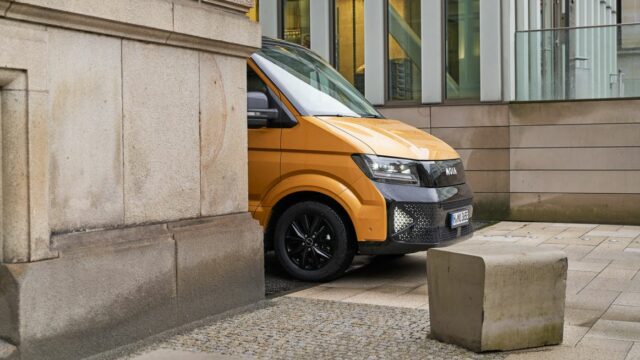
Interview | Sascha Meyer
Bon MOIAge
While the need for individual mobility and the vision of more liveable, safer and unclogged cities may seem like polar opposites, technology company MOIA has been working or reconciling these two apparent contradictions since 2016. Read now

Fleet Knowledge | Management
Managing claims the smart way
Good news for fleet managers! They can now further reduce the administration overhead required for managing their fleets – by putting their claims management in the hands of Volkswagen Leasing GmbH. Read now
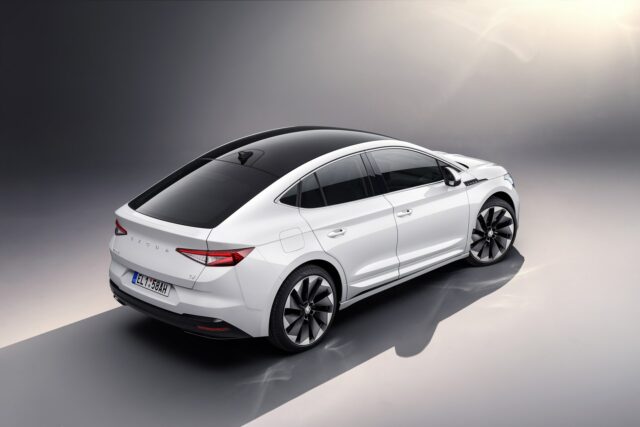
Škoda | ENYAQ COUPÉ iV
Electric, emotional, elegant
Die Coupé-Version des vollelektrischen ŠKODA ENYAQ iV steht in den Startlöchern. Bereits jetzt ist das Topmodell der Baureihe konfigurierbar: Der ŠKODA ENYAQ RS iV. Die drei weiteren Modellversionen folgen später im Jahr 2022. Read now

Fleet Knowledge | Business Travel
Chat and go
Fast, uncomplicated, transparent and via chat – VW FS | Business Travel allows business trips to be processed in fully digital form. And the big winners – employees and the company itself. Read now
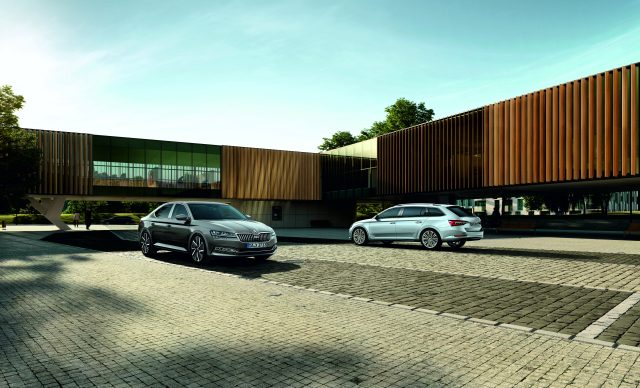
Škoda | SUPERB
The definition of comfort
The name was chosen with care: Even the first generation of the ŠKODA SUPERB from 1935 became the car manufacturer's top model. With the modern versions, the brand has reaffirmed this claim – and redefined comfort in the mid-range segment to this day. Read now
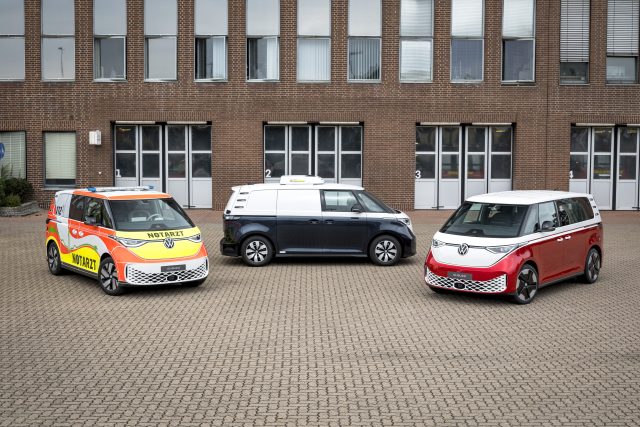
Volkswagen Commercial Vehicles | ID. Buzz Cargo
Fully electric, sustainable, practical
An individually modified, fully-fledged commercial vehicle – but at the same time fully electric, sustainable and practical? Volkswagen Commercial Vehicles offers a glimpse into the future with four concept vehicles – starting with the ID. Buzz Cargo as a Miele customer service vehicle. Read now

Fleet Knowledge | Driving bans
Always exasperating – sometimes avoidable
Well more than 400,000 driving licence penalties – primarily suspension of driving privileges – are imposed year after year in Germany. And the number continues to rise. But such cases do not always have to end with the suspension of the driving licence contained in the administrative order imposing the penalty. Read now

Fleet Knowledge | Corporate Identity
All corporate, or what?
It is developed, fostered, cultivated, adapted with a great deal of effort – and also plays a key role for the fleet: what fleet managers need to keep in mind on the important topic of corporate identity. Read now
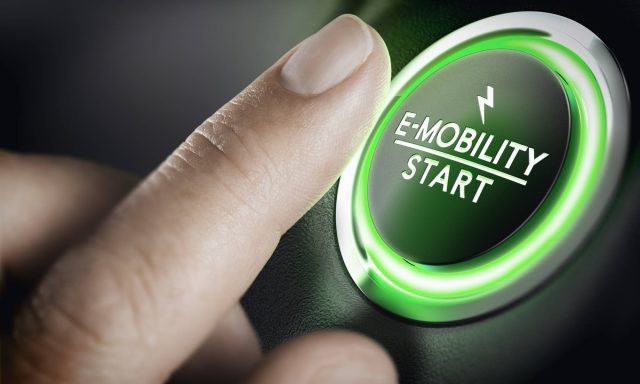
Background Knowledge | End-to-end electrification consulting for fleet customers of the Volkswagen Group
Power ahead!
All switches are set to “on”: Electrification of fleets has gained massive momentum worldwide. With “Electrification-as-a-Service”, the Volkswagen Group is offering its European fleet customers an end-to-end approach to switching. Read now

Background Knowledge | Interview, Part 2
“With the switch to electric mobility …”
In the second part of our interview with Markus Duesmann, CEO and Board of Management Member for Product Lines at AUDI AG, read about what really matters when it comes to the transformation towards electric mobility. Read now

Reports | Orthomol
Keep on moving
This has been a reality for more than 30 years at Orthomol, one of the leading suppliers of micronutrient combinations on the German market. Read now
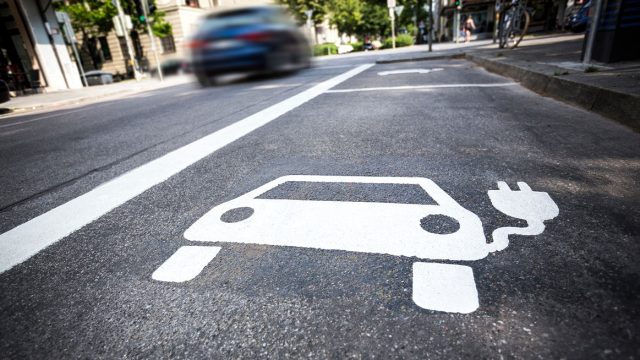
Background Knowledge | Electric Mobility Act: What about parking?
Fully charged!
The number of electric cars in Germany continues to rise faster than the number of charging stations. What should you do if an illegally parked car prevents you from using public e-parking spaces? Read now
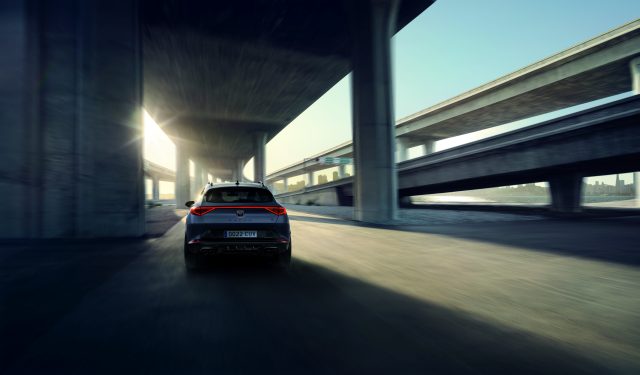
Fleet Models | CUPRA Formentor
Long distance lovers
If the aim is to broaden the fleet base with progressive models, then there’s no getting around the CUPRA Formentor. Read now
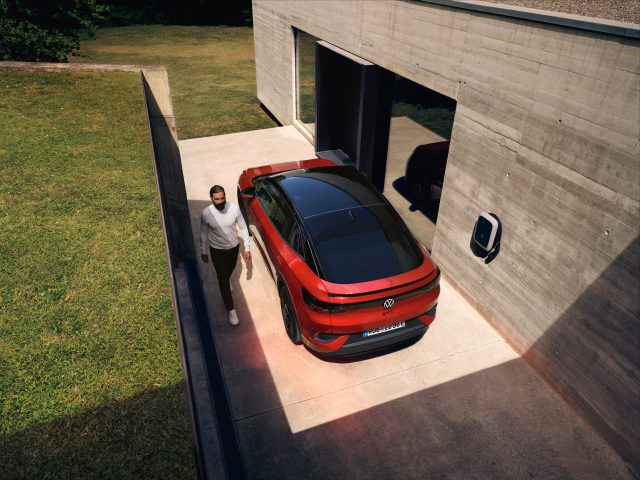

Background Knowledge | Interview, Part 2
“Autonomous driving is taking us ever closer to the ideal form of mobility”
After electric mobility, autonomous driving is the next big game changer of future mobility – and the impact on car design will be fundamental here too. In the second part of our interview with Klaus Zyciora we look at what’s in store for users. Read now
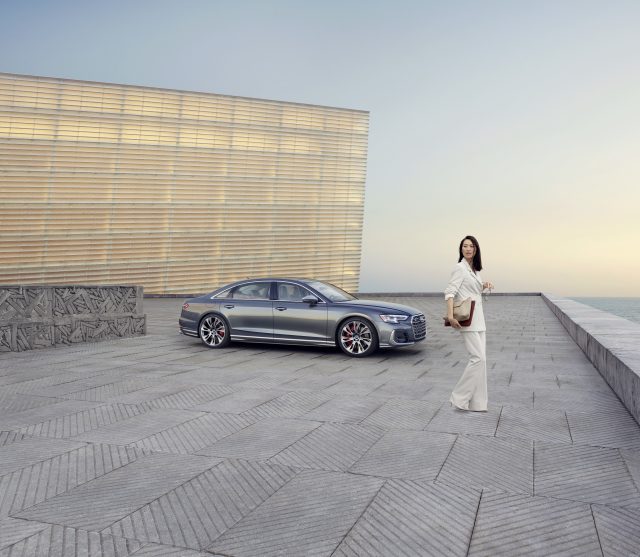
Audi | A8
Travel in style
Since 1994, the A8 has been Audi’s response to demand for a prestigious company car designed to meet the needs of senior and executive management. Luxury, authority and success are the words that immediately come to mind with this saloon. Read now

Reports | Infor Global Solutions
“It’s not just about being a provider, but also a partner”
1,500 company car drivers across all of Europe, different tax laws, the most diverse user preferences: as a fleet manager for the software provider Infor, Fer Derwort already has his hands full. Now the company is converting his fleet to electric mobility. He explains in this interview why the effort is worthwhile. Read now
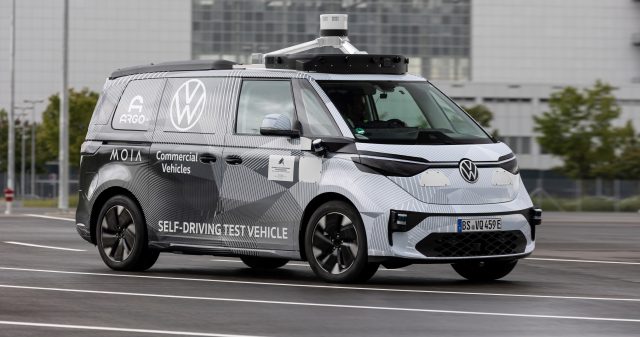
Fleet Models | ID. Buzz AD
When science fiction comes true
Imagine the scene: a camper van from Volkswagen Commercial Vehicles hums gently towards you. Its body is clad in black and white camouflage colours. Read now

Background Knowledge | Interview
Tomorrow begins today
More and more companies are adding electric cars to their fleets – fortunately! But do we have to worry about our electric grid reaching its limits at some point? Read now

Background Knowledge | Wayne Griffiths
Future: Fast Forward
A smart model policy, made-to-measure fleet services – and a good portion of emotion alongside sound economic arguments Read now

Fleet Knowledge | What to do if the battery in the e-vehicle is empty?
Out of power?
Is this something that you or your fleet drivers have also experienced before? The on-board computer suddenly announces that you need to refuel. A brief moment of panic, but then you remember: the reserve should certainly get me to the next filling station. So no problem at all. But how does that work with electric vehicles? Read now

Fleet Knowledge | Battery safety
Myth versus reason
Although today’s electric vehicles are starting to appeal to increasing numbers of professional user groups thanks to longer ranges and shorter charging times – one myth steadfastly persists: according to conventional wisdom, the batteries pose an increased fire hazard. Read now
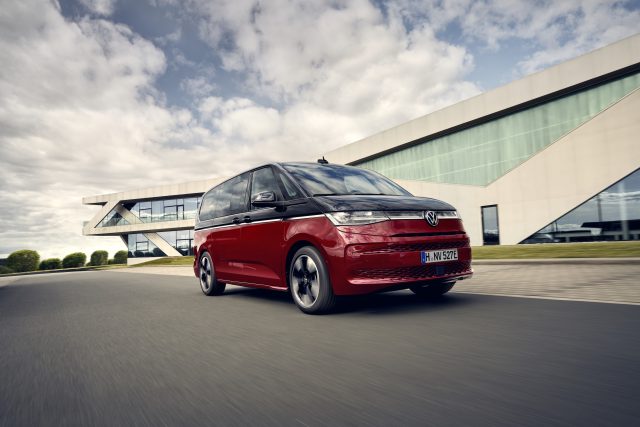
Fleet Models | Multivan
All-rounder. Plus plug-in hybrid!
Relatively few cars today possess a cult status. One of these is an MPV: the Multivan from Volkswagen Commercial Vehicles. Extremely versatile – in commercial use too, for example as a mobile conference room – thanks to adjustable seats in the rear and an additional table module. A modern classic, in fact. Read now
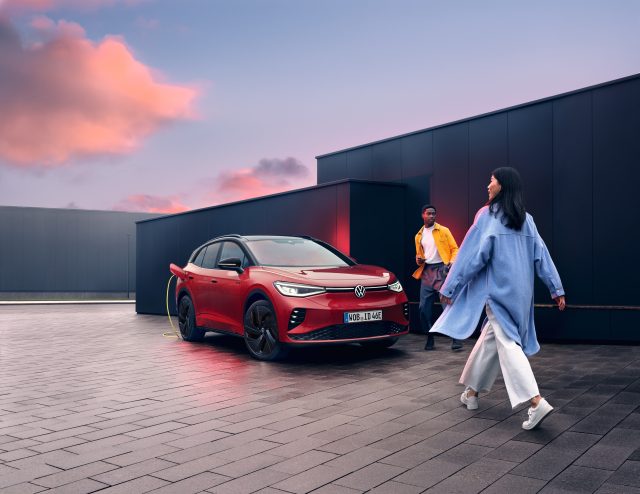
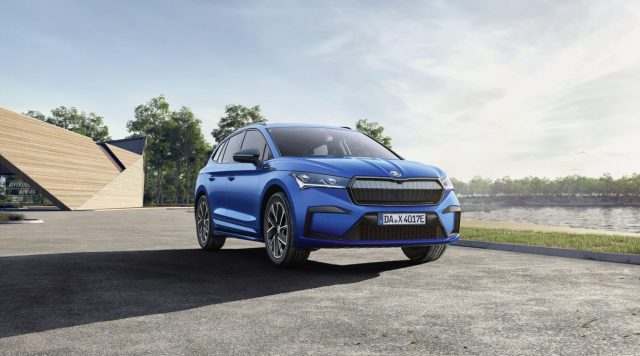
Fleet Models | ENYAQ iV 80x
Double power thanks to “double motor”
Everyone is talking about e-mobility. After all, fully electric cars produce no CO2, offer greater driving comfort and impress when it comes to acceleration. It is hardly surprising that more and more company car drivers are interested in battery-driven vehicles. Read now

Background Knowledge
“For us, making it better means making it simple”
Achieving this in the 21st century is primarily driven by data analyses and development of intelligent software. The independent company CARIAD looks after both of these aspects in the Volkswagen Group. We met for an interview with Knut Krösche, Head of Digital Business & Mobility Services. Read now

Background Knowledge | E-Fuels
Quo vadis, e-Fuels?
A very good question considering the current climate protection goals. And because the answer needs to be carefully thought out – especially when it comes from one of the world’s largest car manufacturers – first a little background Read now

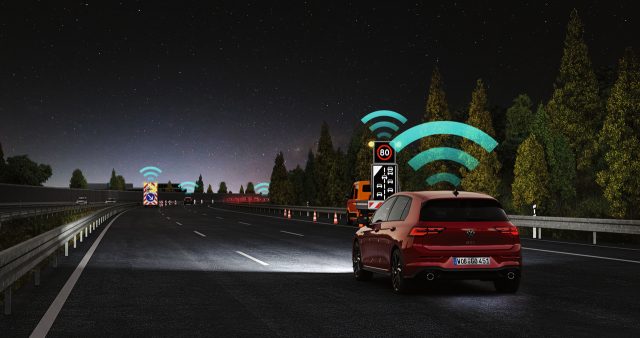
Background Knowledge | Digitalisierung
The digital car
Digitalisation of our everyday lives is gathering pace a bit more every day, or so it feels. The same goes for mobile living, which is also set to become more convenient, safer and efficient than before thanks to digital services. What this means for company fleets and their company car users – an overview. Read now
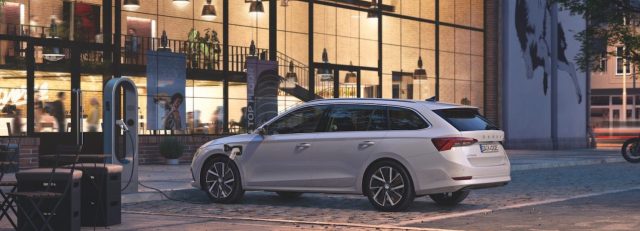
Fleet Models | OCTAVIA
Simple calculation: petrol plus electricity equals plug-in hybrid
It is one of the ŠKODA brand’s bestsellers, particularly in the fleet segment – the OCTAVIA. Now in its fourth generation, the compact car offers more different drive options than ever before, thus ensuring its status as a true all-rounder when it comes to the various uses. Read now

Fleet Knowledge | 10 questions, 10 answers
The lowdown on batteries
The battery is the heart of an electric vehicle, yet still remains uncharted territory for many customers. We’d like to change this by answering ten frequently asked questions: discover more about the construction of a battery, the charging process, types of current and range .... briefly and concisely. Read now

Background Knowledge | Interview
“Demand for flexible and multimodal solutions is growing”
Jochen Schmitz is Head of International Fleet at Volkswagen Financial Services. In the interview, he talks about the current changes and challenges facing the fleet market – and how his team is supporting customers during these dynamic times. Read now
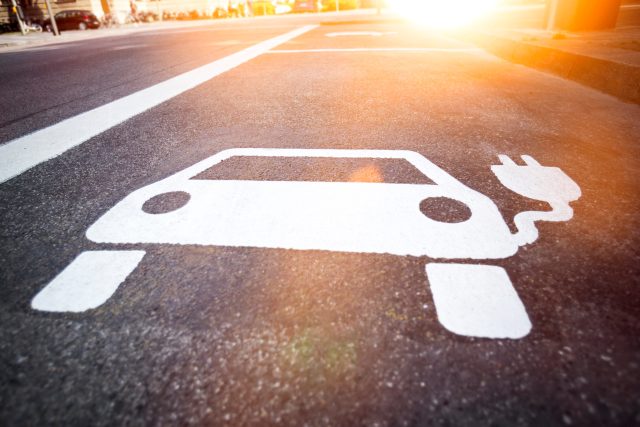
Fleet Knowledge | What to be aware of with parking spaces for electric vehicles
Electric vehicles only!
Fuel pumps with power plugs, or a car with round headlights and a cable sticking out of it: the German traffic sign jungle is getting denser due to electric mobility. Read now

Background Knowledge | Martin Roemheld, Part 1
„E-cars are better cars“
More models, more quick-charging stations, more services: according to Martin Roemheld, Head of E-Mobility Services at Volkswagen AG, 2021 will be the year of electric mobility. In the first part of the interview, the expert talks about promotional concepts, the acceptance of electric mobility and explains why he feels comfortable driving his ID.3 even long distances with low remaining battery capacity. Read now

Sustainability
TATTOO.
„Dieses Buch ist so knallhart – vollgepackt mit fantastischem Shit aus der Geschichte des Tätowierens, den ich über 40 Jahre gesammelt habe. Vieles davon hat man nie zuvor gesehen. Das war eine echte Herzensangelegenheit!“ Henk Schiffmacher Der legendäre Tätowierkünstler und Historiker Henk Schiffmacher nimmt uns mit auf seine ganz persönliche Reise durch 200 […] Read now
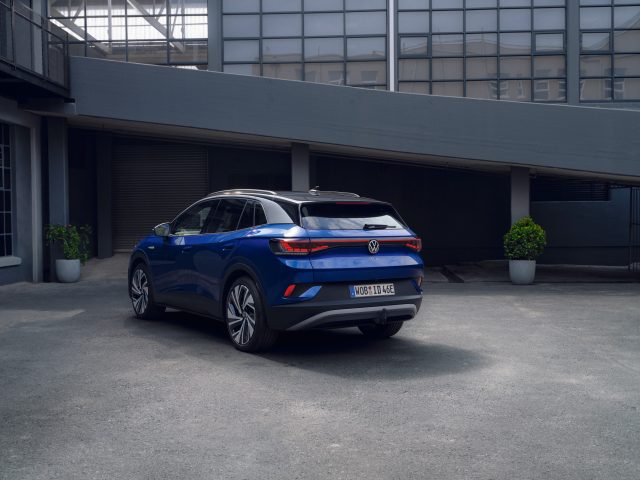
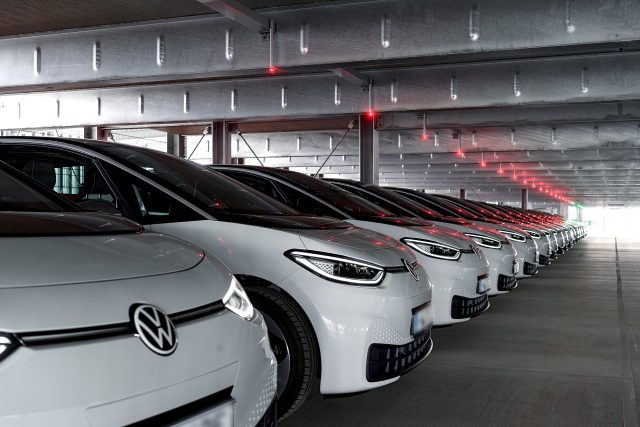
Reports | 50 NEW ID.3 FOR IT SPECIALIST
A new era of electric mobility at Bechtle
Fully electric, a long range and ideal for fleets: by adding 50 brand new Volkswagen ID.3s to its fleet, the German company Bechtle AG made a clear statement regarding sustainable mobility in November 2020. Read now

Fleet Knowledge | Electric mobility | Bonuses in the EU
Extensive subsidy programmes for electric vehicles
Numerous countries in the European Union have already set up subsidy programmes for the purchase of fully electric vehicles. Read now

Fleet Knowledge | Events 2024
More dialogue, more contacts
A large number of interesting fleet events are taking place again this year. In our new event calendar, we will keep you up to date - and tell you where you can network particularly well. Read now

Background Knowledge | FleetTalk with Volkswagen Commercial Vehicles
“We find the right solution for the customer”
Throughout the year of 2024, Volkswagen Commercial Vehicles is conducting a product offensive that offers something new in all model series. In the following FleetTalk, Konrad Wagner, the Head of Sales for Fleet Customers in Europe and International, and Andreas Zenk, the Head of Sales for Fleet Customers in Germany, discuss the ways that customers will profit from these new products and enhancements. Read now

Audi | The new Q6 e-tron
Ready. Steady. E-SUV!
Audi is in the middle of its transformation into a provider of premium electric mobility: With the new Audi Q6 e-tron, the manufacturer is now launching its first product line based on the Premium Platform Electric (PPE). For those who travel often for their work, it offers advantages such as its outstanding electric performance, progressive design and digital interior. Go. Read now

Fleet Knowledge | Sustainability
Information at your fingertips – the interactive sustainability report of the Volkswagen Group
Be sustainably informed! Take a look at the Volkswagen Group’s new sustainability report – and get in-depth insights into the sustainable initiatives. Read now

Background Knowledge | Traffic psychology
Understanding behavior behind the wheel
New studies explore the things that motivate us behind the wheel and how our behaviour on the road is changing. An insightful look into the dynamics of rod traffic today. Read now

Background Knowledge | FleetTalk with Volkswagen Passenger Cars
“We are on the doorstep of unbelievable momentum”
Volkswagen Passenger Cars fleet customers can look forward to a very unique year ahead. We discussed all the latest developments in the fleet business with Hans Andree, Head of Fleet Sales Germany, and Yvonne Kuschel, Head of International Fleet Steering. Read now

Audi | The new Q7
What do professional and private life have in common?
That’s right – it’s the Audi Q7. The reasons for this alliance are obvious: The large SUV made by Audi has been one of the most popular members of its vehicle class since 2005. Ever since more and more companies started to make room in their fleets for these muscular urban cowboys, the Q7 has become a permanent member in the business segment: Here, too, the reasons for this shift are obvious. First, the vehicle’s distinctive design – it’s an Audi after all – that makes a stunning impression during customer meetings. Second, its flexible interior concept that is ideal for private usage. User-choosers with families know exactly how important such features are. Read now

Fleet Knowledge | E-Mobilität
Charging for business use? Billing made simple, access new tariffs!
With Home Charging Service from LOGPAY, fleet managers can reimburse company car drivers for the costs of charging for business hassle-free. Discover the benefits this service offers and how it all works here. Read now
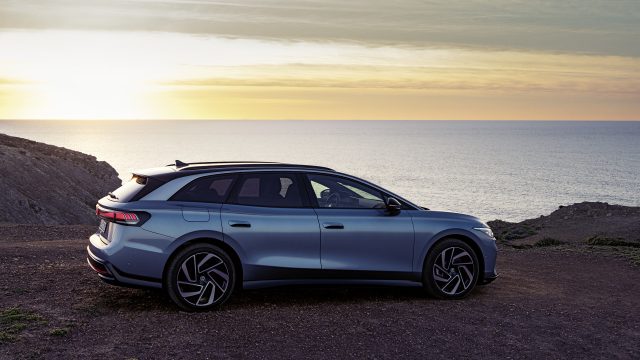
Fleet Models | The new ID.7 Tourer
Enthusiastically business-like
Company fleets have an opportunity in 2024 to refresh their motor pools – thanks in particular to Volkswagen. In the next few weeks and months, four upgraded bestsellers will enter the marketplace: the Passat, Tiguan, Golf and the Golf Variant. And a completely upgraded all-rounder will go on sale to excite business customers: the new ID.7 Tourer. Read now
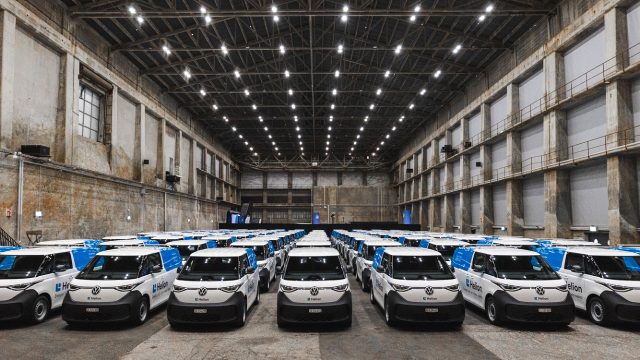
Reports | Helion
On the sunny side of life: with 100 ID. Buzz Cargo for Helion
As the solar power leader in its home country of Switzerland, Helion¹ is a company with electricity ingrained in its DNA. What could be a better fit for the company than a fleet of electric vehicles? Actually, nothing. As a result, Helion’s technicians are now also on the road in an all-electric vehicle – the ID. Buzz Cargo. The company is now operating one of Switzerland’s largest fleets of e-vehicles. Read now
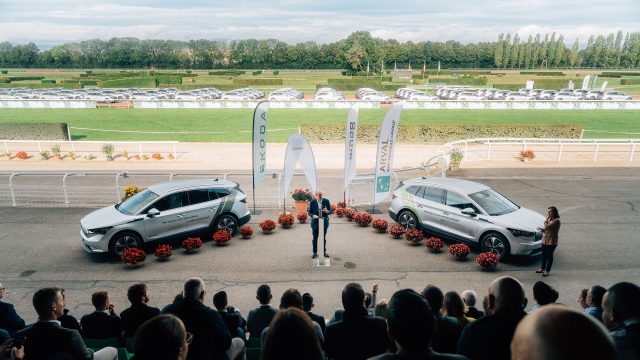
Reports | Nestlé
Racing towards climate neutrality
The location couldn’t have been better: At the racecourse of the National Riding Institute in the Swiss Avenches, sales representatives from Nestlé Suisse SA were presented with their new company cars – 126 of a total of 171 Škoda Enyaqs. The switch to the all-electric model is a part of the food company’s ambitious climate timetable, which stipulates a rapid reduction of emissions. Read now

Interview | Interview with Steffen Zöhke
Škoda: Strong arrows in the quiver
Octavia, Kodiaq, Superb: Traditionally, hearing these names causes fleet operators’ ears to prick up. The new versions of these fleet-favourites will be hitting the market in 2024. Steffen Zöhke, Head of Fleets, Direct Customers and Remarketing at Škoda Auto Deutschland, explains what fleet customers can expect – and what progress is being made in terms of electric mobility – in the following interview. Read now

Interview | FleetTalk with Luboš Vnenk
E-xplore: Škoda goes electric
Škoda has hit the mark with its first electric model: the Enyaq SUV is currently the most registered electric vehicle in Germany. The brand is pursuing ambitious plans up until 2026 and is launching six new, fully electric models. In an interview, Škoda Key Accounts Coordinator Luboš Vnenk explains how the expanded portfolio also opens up new prospects for fleets. Read now

Interview | Prof. Dr. Thomas Garbe
What will fill our tank today, tomorrow and the day after?
By 2030, Volkswagen plans to reduce the carbon footprint of its fleet in Europe by 40 percent. The all-electric car will certainly play a key role in this effort. Amid a maze of differing customer needs around the world, drive system preferences and business conditions, automakers cannot lose sight of renewable fuels – Professor Dr Thomas Garbe, the Head of Petrol and Diesel Fuels at Volkswagen AG, says in our interview. Read now
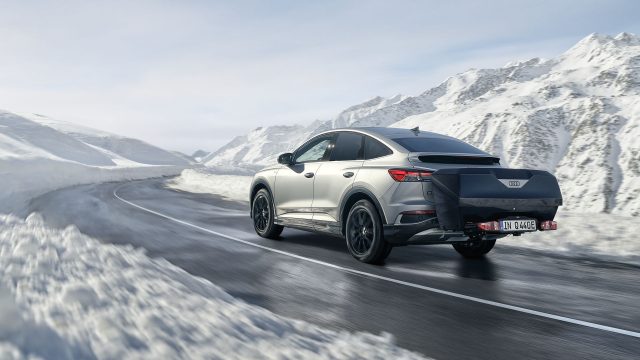
Fleet Knowledge | Legal (Guest column)
On holiday with the company car? This is what you should consider.
Company cars are becoming an increasingly popular perk for employees – particularly when companies permit these employees to use the cars for private purposes. Employees must keep several key points in mind when they use their company cars for private purposes. Our two-part guest article on the limits and obligations of company car use is first devoted to the topic of holiday trips. Read now
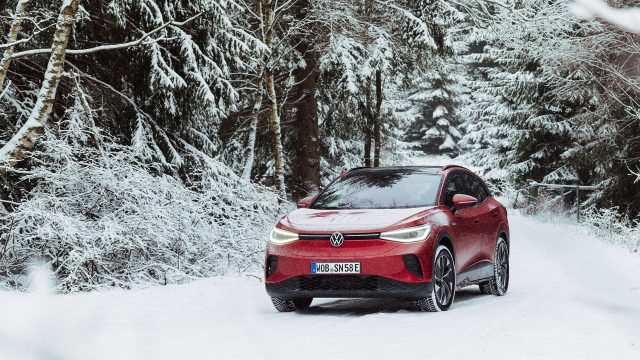
Background Knowledge | Electric mobility
Electro-myths: Did you know?
Fleet managers face a challenge or two as they make the transition to electric vehicles – but, every now and then, it turns out that nothing more than a electro myth is to blame for some of these challenges. Read now

Škoda | The new Kodiaq
Škoda Kodiaq: A new dimension in comfort
With the second generation of its SUV flagship Kodiaq, Škoda intends to continue the success enjoyed by its predecessor model. To accomplish this, the Czech car manufacturer has put together a new complete package of features that will certainly please user-choosers and fleet managers. Read now

Škoda | The new Superb
Four wins
The Škoda brand has been an invaluable member of company vehicle fleets for many years now – particularly when it comes to the Škoda Superb. What’s even more exciting is that the next generation of the vehicle is about to go on sale: As usual, the new Superb is available as a saloon and estate – making it the only brand in the Volkswagen Group to offer both model versions in this class. And, as usual, the new vehicle will set new standards in design, comfort and economic efficiency. Read now
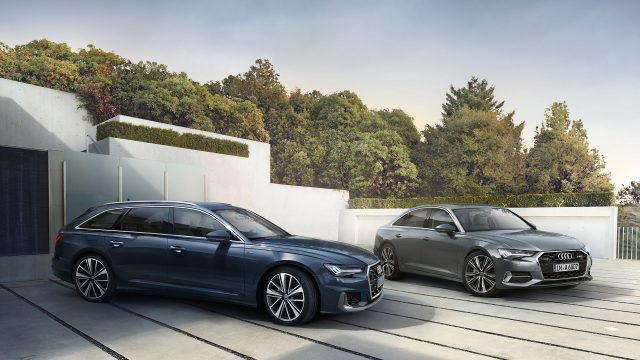
Audi | New equipment lines for A6 and A7
Individual class
Audi is freshening up its A6 and A7 business product lines and adding new elements and further innovations to the standard equipment. What’s more, attractive options are available to user choosers to show their individuality (compared with previous models), since the interior can now be designed independently of the chosen exterior package. Discover here how the two premium class product lines can set new accents in the fleet. Read now
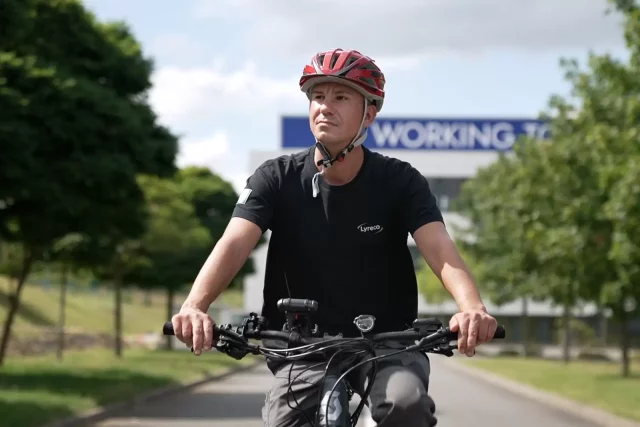
Interview | Lyreco Deutschland GmbH
“Bike leasing for employees is becoming increasingly popular”
In line with mobility trends, Lyreco introduced bike leasing in recent months and is using the services of Volkswagen Leasing GmbH in cooperation with partner Lease a Bike. Read now
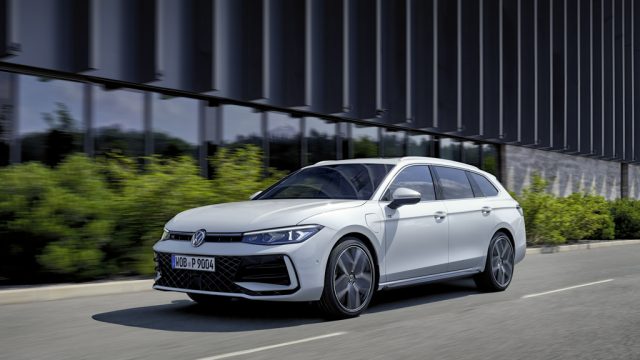
Volkswagen | The new Passat Variant
Do you write business with P?
One of the most popular company cars is now available in a new generation – and has something special to offer business travellers: the Passat Estate provides even more room for business travellers and their luggage. Even more driving comfort. Efficient combustion engines and plug-in hybrid drive systems. And on top of that, a lean, linear design with attractive specification packages. Read now

Fleet Knowledge | Fleet Ordering
It is all so simple
Fleet configurations and vehicle ordering can be complicated and time-consuming processes. The online system called Fleet Ordering proves that things do not have to be that way: Major and direct customers of the Volkswagen Group can use this practical tool to significantly improve the efficiency of their processes. Read now

Audi | The new Q8
Do you know the flagship of the Q family from Audi?
If so, great, because there are lots of changes to tell you about. If not, you now have an opportunity to get to know an SUV Coupé that is sure to impress fleet managers and user choosers. That’s because the upgraded Audi Q8 not only retains its usual expressive appearance, it can also be individualised with a wide variety of equipment features. This starts on the outside at the front and continues through new paint colours and wheels to the rear lights. What’s more, there is a choice of various decorative inlays for the interior. Sounds interesting? Read now

Fleet Knowledge | Digitalisation
ONE Business ID: One for all
The Volkswagen Group is moving full steam ahead with digitalisation. ONE Business ID is providing companies on a step-by-step basis with access to many useful digital services provided by the Volkswagen Group. Read now
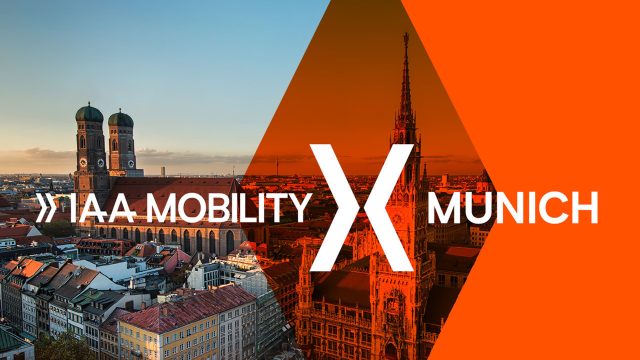
Fleet Knowledge | IAA Mobility 2023
A few weeks have passed since the Volkswagen Group brands presented their latest innovations at the mobility event in Munich. The spotlight was also on numerous vehicles of relevance for the fleet, which we would like to highlight once again in a detailed review. Read now
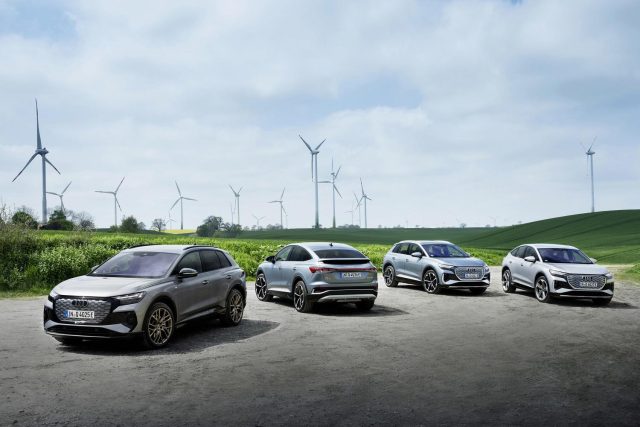
Sustainability | Green electricity
Mission: Possible
Audi intends to become a leading provider of sustainable mobility. The maker of premium vehicles is now investing in facilities that produce green power. The first solar park has already gone online. Read now

Fleet Knowledge | Fleet insurance
Fleet insurance: why it’s worth weighing up your options
Nicht nur für Privatkunden kann sich ein Wechsel des Kfz-Versicherungsanbieters zum Stichtag 30.11.2023 rechnen. Auch Flottenbetreiber sollten die aktuellen Angebote frühzeitig prüfen, um größtmögliche Benefits für das Unternehmen herauszuholen. Read now

Interview | Knut Krösche
“CARIAD integrates the digital world seamlessly into the car!”
Software platforms are transforming modern vehicles into smart companions. The Volkswagen Group’s software development company CARIAD has been driving this development at full speed for several years. We spoke to Knut Krösche, Head of Digital Business & Mobility Services at CARIAD. Read now
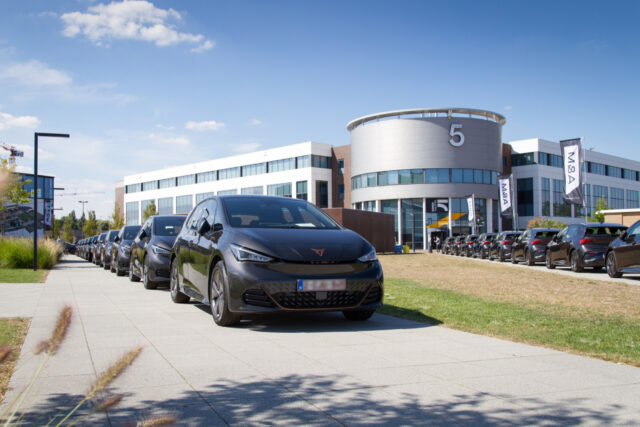
Interview | Cegeka
Born young and free
How do you attract in-demand young talents in a highly competitive sector? Cegeka has the answer: The European IT service provider offers an inspiring environment – and a CUPRA Born to help the career entrants get their new working life up and running. Read now
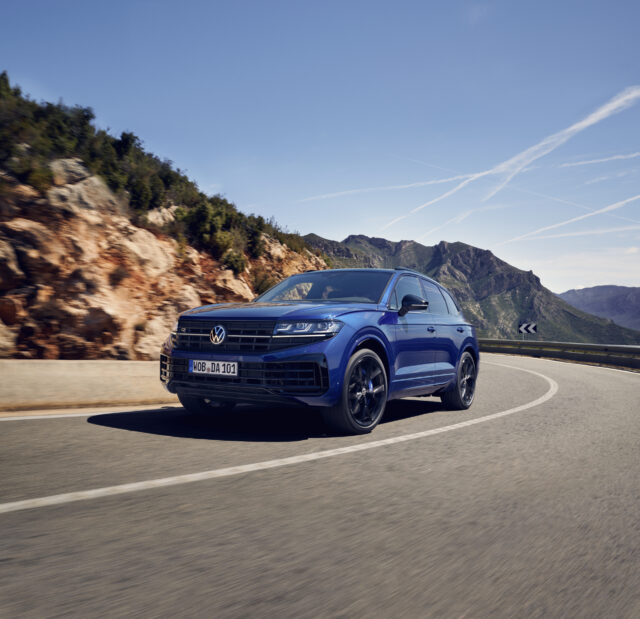
Volkswagen | The new Touareg
Power, comfort, class
If there is also one vehicle in Volkswagen’s wide-ranging portfolio that deserves to be called a top model, it certainly has to be the Touareg. An updated version of the premium SUV has just been introduced: You will now learn what this means for fleet customers. Read now
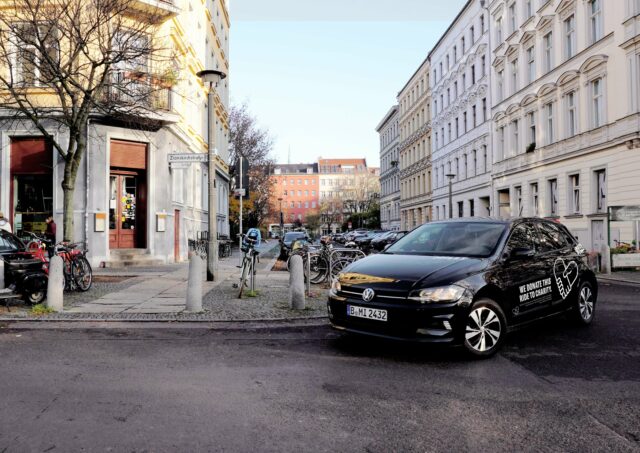
Interview | MILES Mobility
“MILES or public transport? The question does not arise …”
Anyone contemplating car sharing in Berlin, Hamburg, Brussels, Ghent or many other large towns or cities in Germany and Belgium will almost inevitably come across MILES Mobility, by now the largest free-floating car sharer in Europe. We spoke to CEO Oliver Mackprang about winning formulas, changing user needs – but also about why the concept needs good public transport to work efficiently. Read now

Fleet Knowledge | Konzern Forum 2023
A unique experience!
Group Forum 2023: Some 1,000 participants from 24 countries travelled to Munich in June 2023 to experience the combined fleet power of the Volkswagen Group brands. Read now

Fleet Knowledge | Legal (Guest article)
Travel time – also working time?
A customer meeting here, a trade fair there and perhaps a flight to a business meeting overseas – one question is often asked: Is the journey time also considered working time and if so, how is it remunerated? Read now
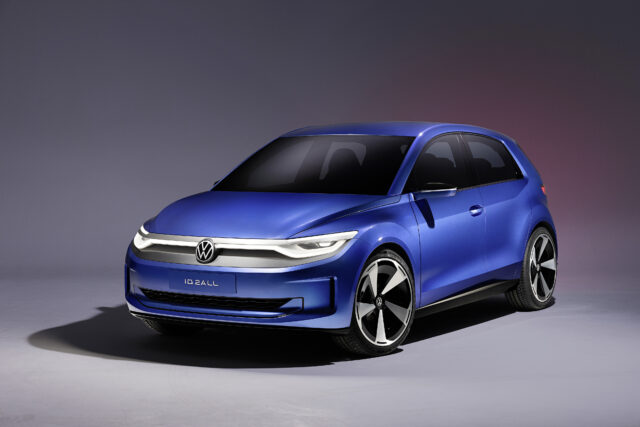
Fleet Models | The ID. 2all concept car
The compact electric vehicle for all
The ID. 2all concept car from Volkswagen provides a first glimpse of what an all-electric compact car expected to cost than 25,000 euros might look like – and what it should be able to do. Interesting prospects for the future for mobile service providers, for example. Read now

Fleet Knowledge | Electric ranges
The Power Comparison
E-models are convincing in terms of efficiency, dynamics, space, sustainability, image ... and yet one argument beats all others: range. Our overview of relevant electric service vehicles proves that the Volkswagen Group's models also deliver on this point. Read now
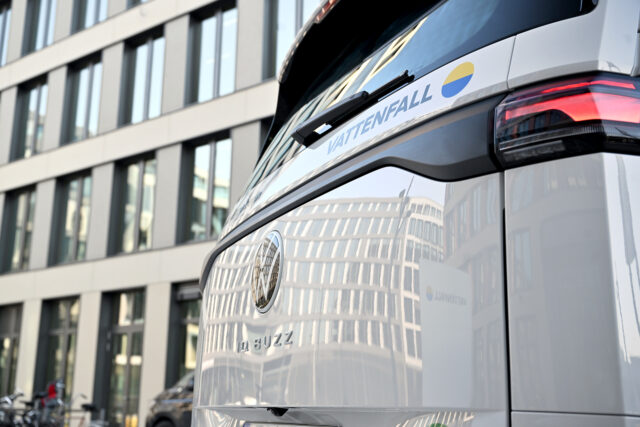
Reports | Vattenfall
Ready for work
Charging and loading – for fleet vehicles at Swedish energy group Vattenfall, both go hand in hand. Now full-electric mobility is to be rolled out in multiple European core markets for the company’s light commercial vehicles too. Among these is the new ID. Buzz Cargo from Volkswagen Commercial Vehicles. Read now

Fleet Knowledge | Charging at home
When the calculations add up
An easy way to bill the cost of business charging at home? For a long time this has involved a lot of organisational effort for fleet managers and company car users. Significant help is now at hand in Germany, however, thanks to the smart Home Charging Service from LOGPAY Transport Services GmbH, a wholly owned subsidiary of Volkswagen Financial Services AG. Read now

E-Mobility | Battery plants
Fit for e-mobility
The transformation towards electric and digital mobility is in full swing. In-house local battery factories will ensure reliability of supply for these important energy storage units. The most recent additions are the Volkswagen Group’s future gigafactories in Valencia, Spain, and St. Thomas, Ontario, Canada (picture above). Read now

Fleet Knowledge | Business travel
Sit properly, protect your back
Business travellers spend a lot of time in the car and tend not to move very much during journeys. Since sitting puts a lot of strain on the back, it’s a good idea to reduce this strain by choosing the correct seat and adjustment. Read now

Fleet Models | The new Tavascan
Drive: Aesthetics
CUPRA presents its next electric model: The Tavascan is the brand’s first all-electric SUV coupé and combines aesthetics and electric drive in an unmistakable design. Company car drivers have reason to celebrate. Read now
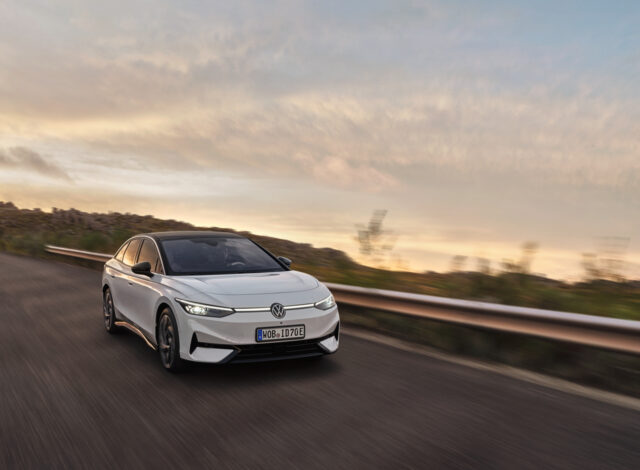
Volkswagen | The new ID.7
Range supremo
Volkswagen presents the new ID.7, an all-electric saloon for the upper mid-size class: Find out here why you should enhance the profile of your fleet with the long-range vehicle set to launch this autumn. Read now

Interview | Thomas Rennebaum
More mobility – less complexity
In such volatile times as these, organising company mobility can quickly turn into an obstacle race. Read now

Fleet Knowledge | Management
Earn money with the GHG quota
Slowly but surely media attention is focusing increasingly on a particular phrase: the GHG quota. And rightly so, since it describes a trading mechanism that aims to reduce CO₂ emissions in the transport sector – and from which you as a fleet operator can benefit. Read now
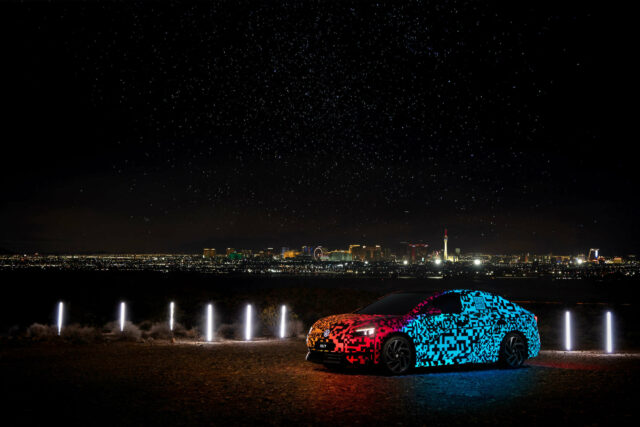
E-Mobility | CES Las Vegas
„Viva CES Vegas“
Las Vegas? The first thing most people probably think of when they hear the name is gambling casinos, desert and Elvis. Well now it’s time for something else! And that’s CES, an event that defines technology topics of the future and that Volkswagen, Audi and CARIAD attended last January. Read now
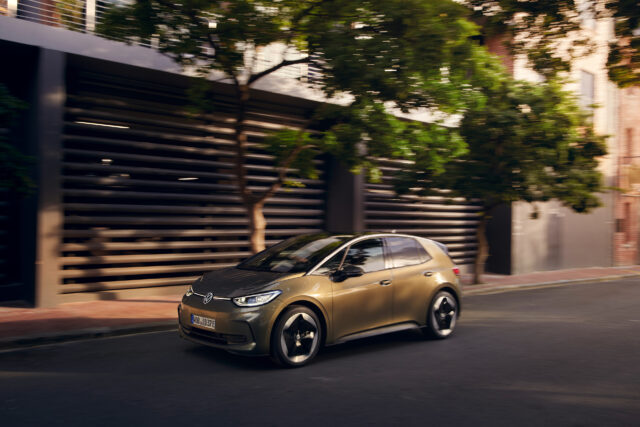
Volkswagen | The new ID.3
New version, next level
When Volkswagen launched the ID.3 in 2019, it convinced many companies to focus their fleet planning increasingly on electric mobility. Just recently, the brand launched the enhanced version of its all-electric trailblazer: what fleet customers can now expect. Read now
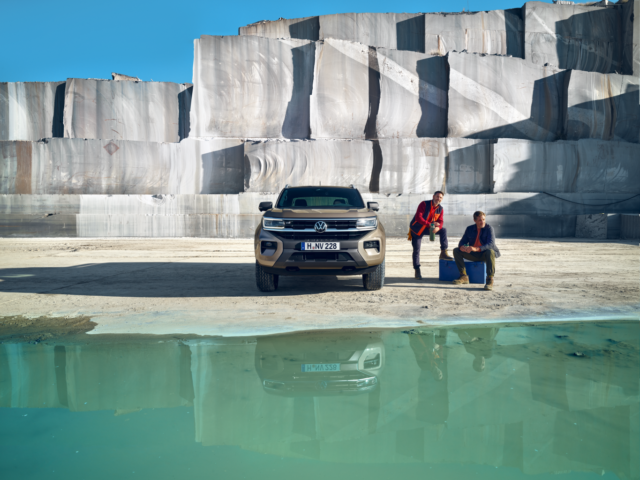
Volkswagen Commercial Vehicles | The new Amarok
A clear statement!
What comes to mind when you think about the new Amarok from Volkswagen Commercial Vehicles? Perhaps terms such as power, versatility and adventure? Read now

Interview | Sascha Meyer
Bon MOIAge
While the need for individual mobility and the vision of more liveable, safer and unclogged cities may seem like polar opposites, technology company MOIA has been working or reconciling these two apparent contradictions since 2016. Read now

Fleet Knowledge | Management
Managing claims the smart way
Good news for fleet managers! They can now further reduce the administration overhead required for managing their fleets – by putting their claims management in the hands of Volkswagen Leasing GmbH. Read now
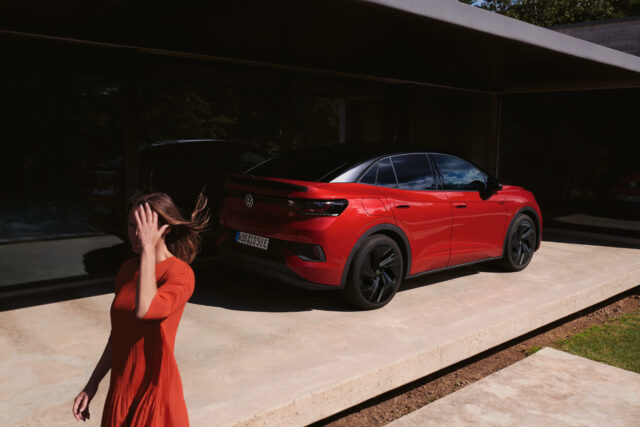
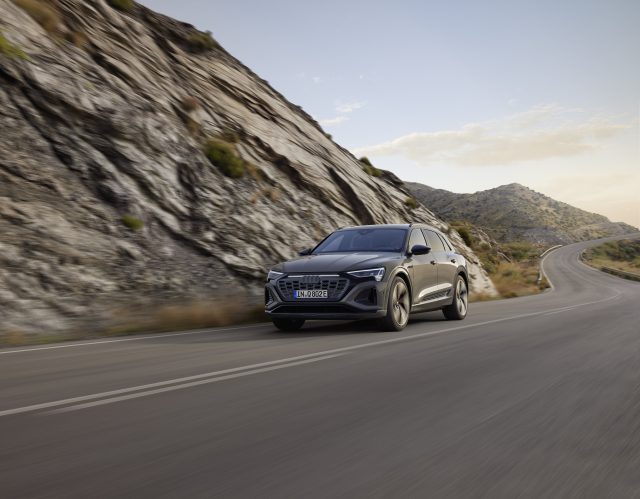
Audi | Q8 e-tron
Electric. And packed full of features.
It was about four years ago that electric mobility made its way into Audi’s portfolio. The premium manufacturer entered the age of electric mobility back in 2018 with the Audi e-tron – and has since impressed in the segment of electric luxury SUVs. And perhaps also in your fleet? Read now
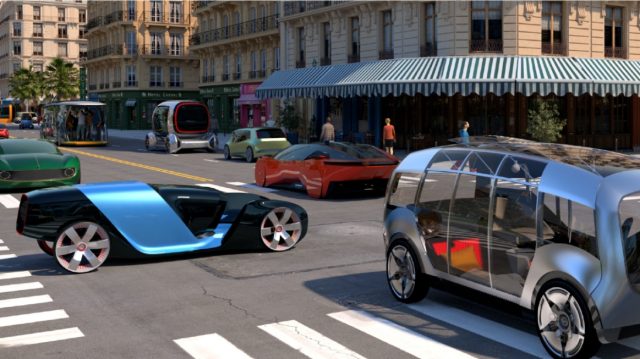
Technology | Interview
What tomorrow holds
Artificial intelligence, augmented reality, solid state energy systems, autonomous driving and lots more exciting things … Read now

Škoda | ENYAQ COUPÉ iV
Electric, emotional, elegant
Die Coupé-Version des vollelektrischen ŠKODA ENYAQ iV steht in den Startlöchern. Bereits jetzt ist das Topmodell der Baureihe konfigurierbar: Der ŠKODA ENYAQ RS iV. Die drei weiteren Modellversionen folgen später im Jahr 2022. Read now

Fleet Knowledge | Business Travel
Chat and go
Fast, uncomplicated, transparent and via chat – VW FS | Business Travel allows business trips to be processed in fully digital form. And the big winners – employees and the company itself. Read now

E-Mobility | Subsidies
What’s changing in 2023?
A lot is happening in terms of electromobility, for example on German roads: the two-million mark for e-cars is expected to be exceeded in 2023. Read now
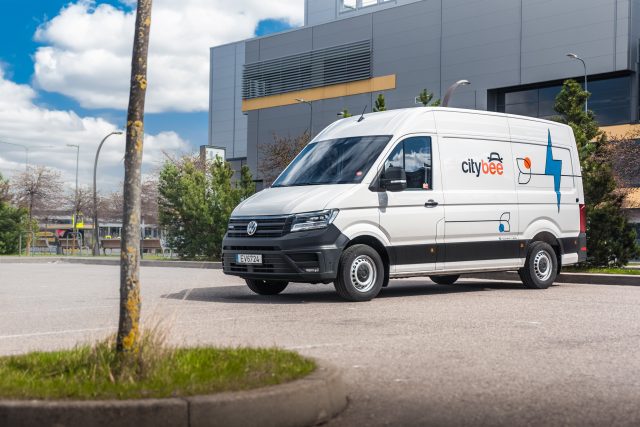
Background Knowledge | Interview
Sharing is Caring
Vilnius, Riga, and Tallinn rank as the top three capitals of Europe for having the highest density of carsharing vehicles per capita and square meter. Read now

Fleet Knowledge | Driving Experiences
Practice makes perfect
Driving safely means knowing how to react in hazardous situations. Regular driver safety training should therefore be a permanent fixture for frequent drivers. Read now

Škoda | SUPERB
The definition of comfort
The name was chosen with care: Even the first generation of the ŠKODA SUPERB from 1935 became the car manufacturer's top model. With the modern versions, the brand has reaffirmed this claim – and redefined comfort in the mid-range segment to this day. Read now

Volkswagen Commercial Vehicles | ID. Buzz Cargo
Fully electric, sustainable, practical
An individually modified, fully-fledged commercial vehicle – but at the same time fully electric, sustainable and practical? Volkswagen Commercial Vehicles offers a glimpse into the future with four concept vehicles – starting with the ID. Buzz Cargo as a Miele customer service vehicle. Read now
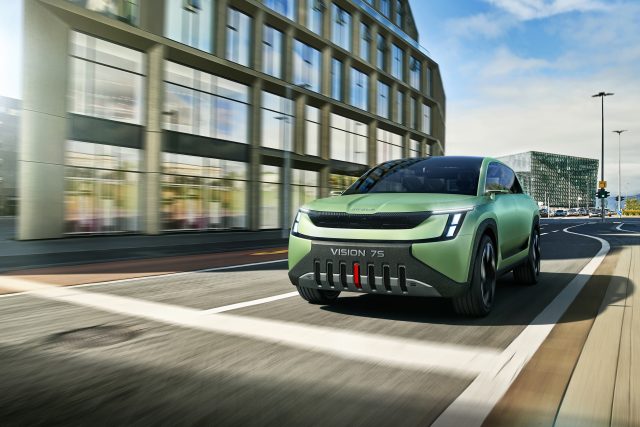
Škoda | VISION 7S
Vision ahead!
There’s a lot happening again at ŠKODA, the Czech carmaker with the “Simply Clever” everyday solutions. Read now

Audi | Sphere Family
Progressive, electric, visionary!
What does the future of mobility look like? As regards premium vehicles, the development department at Audi certainly has its own ideas Read now
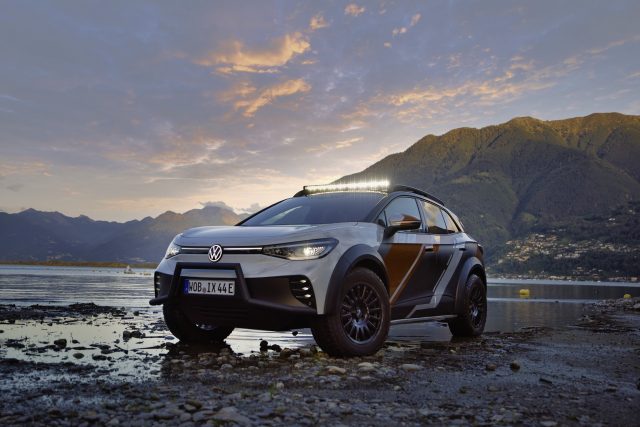

Fleet Knowledge | Driving bans
Always exasperating – sometimes avoidable
Well more than 400,000 driving licence penalties – primarily suspension of driving privileges – are imposed year after year in Germany. And the number continues to rise. But such cases do not always have to end with the suspension of the driving licence contained in the administrative order imposing the penalty. Read now

Fleet Knowledge | Corporate Identity
All corporate, or what?
It is developed, fostered, cultivated, adapted with a great deal of effort – and also plays a key role for the fleet: what fleet managers need to keep in mind on the important topic of corporate identity. Read now

Fleet Knowledge | Leasing
Forever young: why fleet operators remain on the right road with leasing
Leasing is and remains the preferred form of procurement for many fleet operators. These are some of the key advantages at a glance. Read now

Fleet Knowledge | Charging Infrastructure
What about charging?
Anyone dealing with the issue of mobility in Europe for professional reasons cannot help but be familiar with the European Union’s (EU) objective of climate neutrality – and cannot avoid being involved intensively with the adopted and planned measures that underpin this undertaking Read now

Background Knowledge | Interview
Direction: future, focus: customer
From the coronavirus pandemic to raw material shortages – and in between a handful of rapidly evolving mega trends ranging from digitalisation to enhanced flexibility through to electrification. Read now

Background Knowledge | End-to-end electrification consulting for fleet customers of the Volkswagen Group
Power ahead!
All switches are set to “on”: Electrification of fleets has gained massive momentum worldwide. With “Electrification-as-a-Service”, the Volkswagen Group is offering its European fleet customers an end-to-end approach to switching. Read now

Background Knowledge | Interview, Part 2
“With the switch to electric mobility …”
In the second part of our interview with Markus Duesmann, CEO and Board of Management Member for Product Lines at AUDI AG, read about what really matters when it comes to the transformation towards electric mobility. Read now

Background Knowledge | Interview
“A new world is emerging”
The automotive world is undergoing the greatest transformation in its history. We spoke to innovation researcher Stefan Bratzel from the “Center of Automotive Management” research institute about why knowledge is becoming a critical success factor in the new world, what connectivity has to do with this, and why the pace of electrification could be improved. Read now
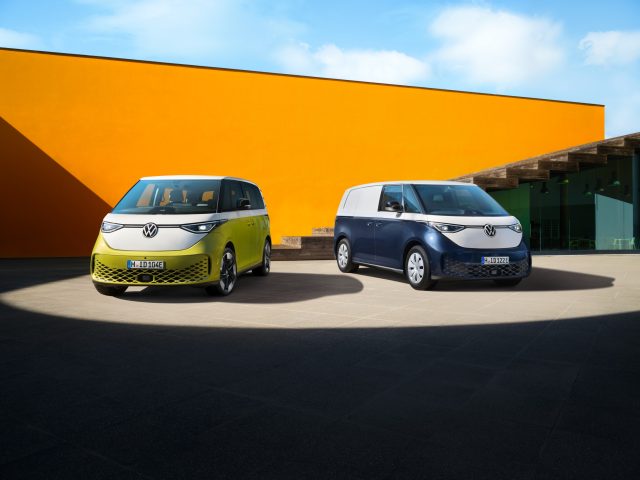
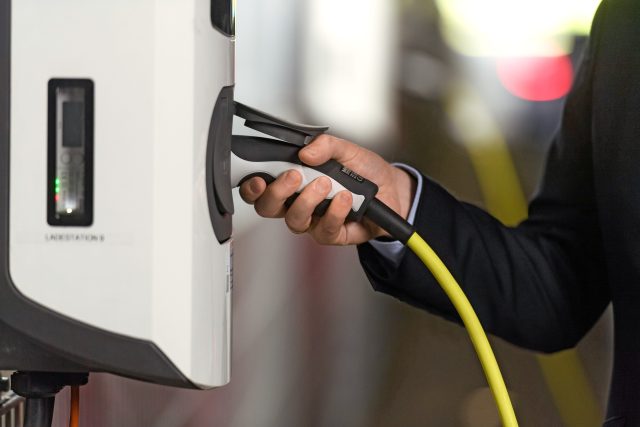
Fleet Knowledge | Electric mobility
Charging on site, liquidity included
What’s the straightforward way to establish an in-house charging infrastructure without impacting liquidity? Read now

Reports | Orthomol
Keep on moving
This has been a reality for more than 30 years at Orthomol, one of the leading suppliers of micronutrient combinations on the German market. Read now

Background Knowledge | Electric Mobility Act: What about parking?
Fully charged!
The number of electric cars in Germany continues to rise faster than the number of charging stations. What should you do if an illegally parked car prevents you from using public e-parking spaces? Read now
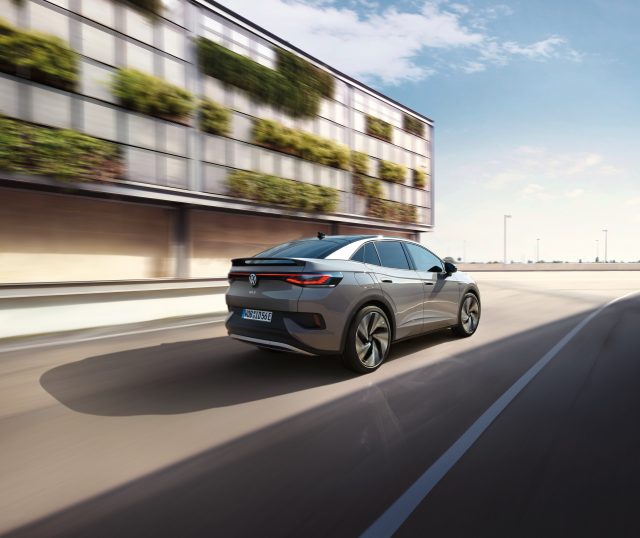
Fleet Models | Travel Assist
Assist system with distinction
Anyone who drives a lot for professional reasons knows how arduous everyday life on the move can be. Fortunate, therefore, those whose company cars are equipped with good assist technologies that can provide support (not just) in precarious situations. Read now
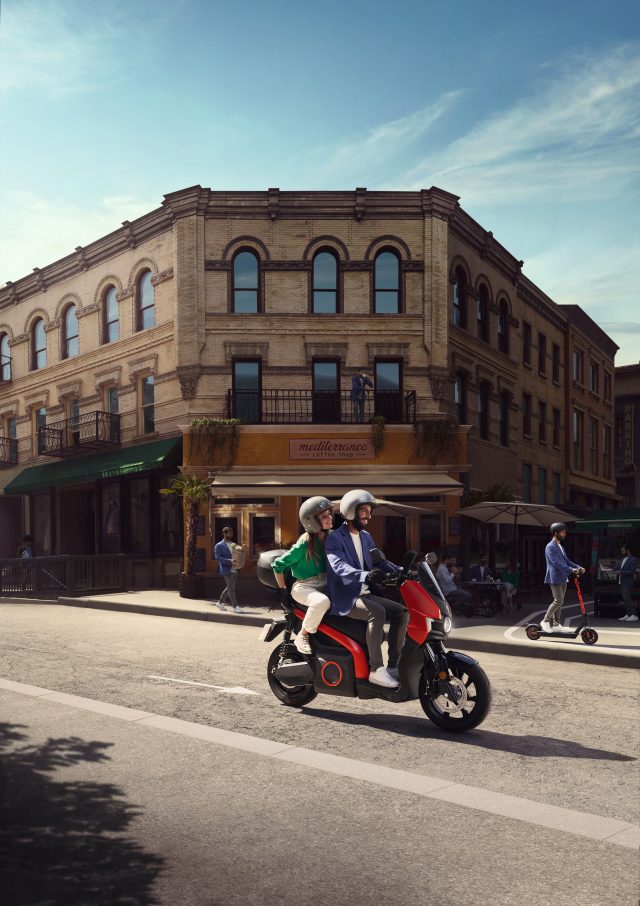
Fleet Models | MÓ
Stylish, flexible, agile
The electric two-wheeled solutions can help to boost fleet efficiency. Read now
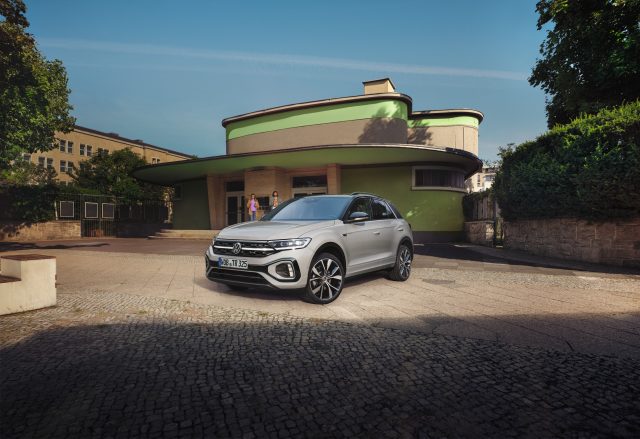
Fleet Models | T-Roc
Update for user choosers
Fleets are increasingly looking to SUVs – and no surprise, since the vehicles in this segment are more popular than ever worldwide. With the new T-Roc, Volkswagen is now introducing a fresh take on its compact crossover model onto the market. Read now

Fleet Models | CUPRA Formentor
Long distance lovers
If the aim is to broaden the fleet base with progressive models, then there’s no getting around the CUPRA Formentor. Read now


Fleet Knowledge | Electric mobility
Electric vehicles: Update to car policy
The fleet is fully up to date thanks to the integration of electric vehicles – now it’s time to make sure the same is true of the car policy. Read now

Background Knowledge | Interview, Part 1
“The future of mobility is electric”
Audi is playing a major role in the Volkswagen Group in successfully creating the future of electric mobility. In the first part of our interview with Markus Duesmann, CEO and Board of Management Member for Product Lines at AUDI AG, we talk about what this means in practice and why the charging infrastructure is so important. Read now

Fleet Knowledge | Electric mobility
What fleet bosses need to look out for when running electric vehicles
Demand and feasibility clarified, funding applications submitted and electric vehicles successfully integrated. Now we can see how electric vehicles “work” in fleet operation. Read now

Background Knowledge | Interview, Part 2
“Autonomous driving is taking us ever closer to the ideal form of mobility”
After electric mobility, autonomous driving is the next big game changer of future mobility – and the impact on car design will be fundamental here too. In the second part of our interview with Klaus Zyciora we look at what’s in store for users. Read now

Audi | A8
Travel in style
Since 1994, the A8 has been Audi’s response to demand for a prestigious company car designed to meet the needs of senior and executive management. Luxury, authority and success are the words that immediately come to mind with this saloon. Read now
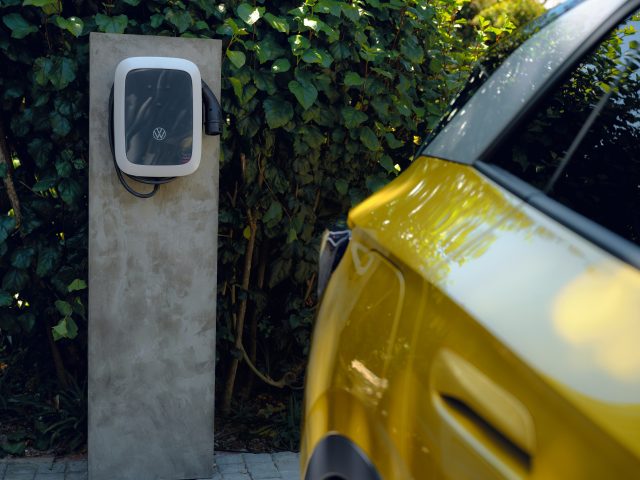
Fleet Knowledge | E-fleet basics
Charging infrastructure: subsidies now available
It’s ready, set, go in terms of subsidies: anyone planning to convert their fleet of combustion vehicles to an e-fleet can also avail of a range of financial supports to establish their own charging infrastructure. We provide a general overview here. Read now
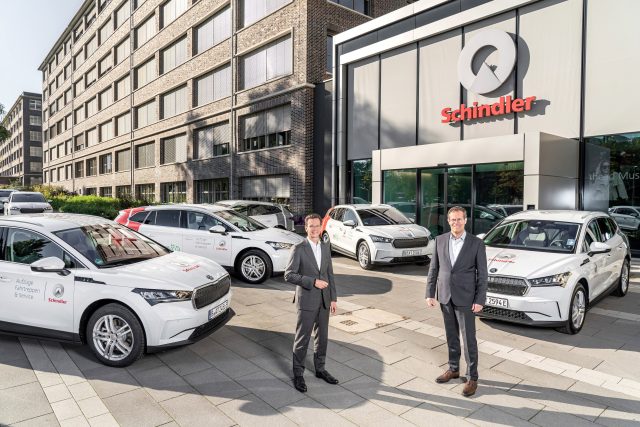
Reports | Schindler
Electricity in motion
Schindler elevators and escalators transport more than 1.5 billion people around the globe every day. And its vehicle fleet is also becoming increasingly electric. The German arm of Schindler has now extended its fleet with the addition of 200 ŠKODA ENYAQ iV electric vehicles. Read now
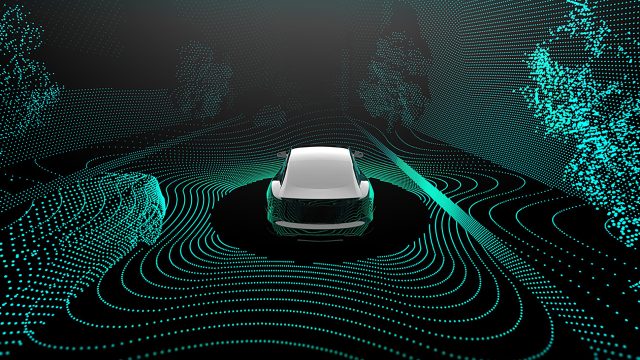
Background Knowledge | A far-sighted investment
Assist systems
Assist systems for company cars pay off. Read here which features are a must for fleet managers when it comes to configuring company cars in order to avoid damage costs and ease the burden on employees. Read now

Reports | Infor Global Solutions
“It’s not just about being a provider, but also a partner”
1,500 company car drivers across all of Europe, different tax laws, the most diverse user preferences: as a fleet manager for the software provider Infor, Fer Derwort already has his hands full. Now the company is converting his fleet to electric mobility. He explains in this interview why the effort is worthwhile. Read now

Fleet Models | ID. Buzz AD
When science fiction comes true
Imagine the scene: a camper van from Volkswagen Commercial Vehicles hums gently towards you. Its body is clad in black and white camouflage colours. Read now

Background Knowledge | Interview, Part 1
“The electric car allows us to think more freely than ever before”
Standing still is an alien concept for car designers at any rate. But what can be done when not just a model change but also an entire paradigm shift is taking place? Read now

Background Knowledge | Batterie-Recycling
It just keeps on charging …
When it comes to the recycling of discarded high-voltage batteries from electric vehicles, Volkswagen is at the forefront. Read now

Fleet Knowledge
The best risk: minimum risk
“Risk management” to the ears of many fleet managers sounds like an unwelcome stress test – unpleasant and demanding in the extreme. The basic principle behind it is a basic instinct of human nature: we weigh up risks on a daily basis, completely subconsciously for the most part. Read now

Background Knowledge | Interview
Tomorrow begins today
More and more companies are adding electric cars to their fleets – fortunately! But do we have to worry about our electric grid reaching its limits at some point? Read now

Background Knowledge | Wayne Griffiths
Future: Fast Forward
A smart model policy, made-to-measure fleet services – and a good portion of emotion alongside sound economic arguments Read now

Fleet Knowledge | Vehicle pool
A pool of opportunities
Flexible handling, effective capacity utilisation, optimum capital expenditure: the advantages of vehicle pools are clear to see. Read now
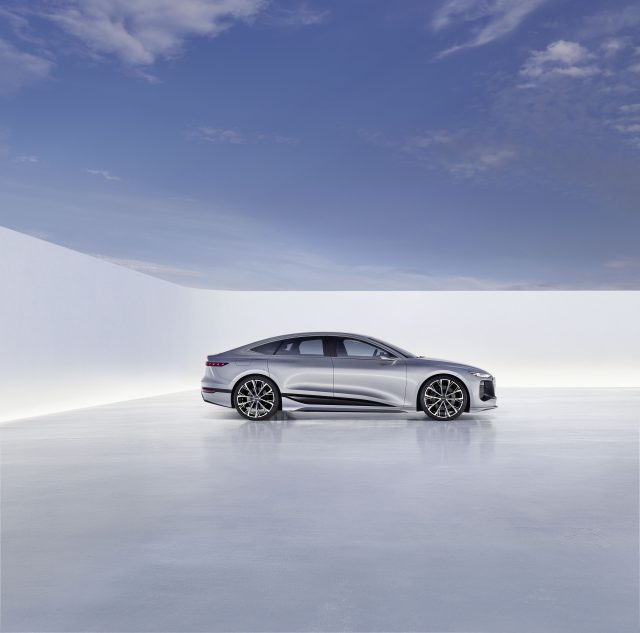
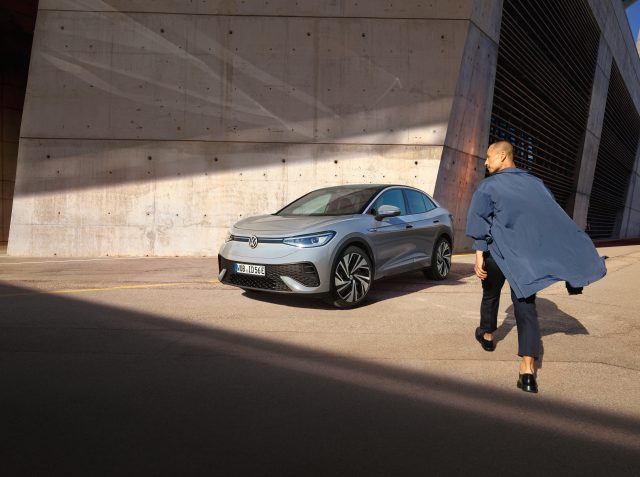
Fleet Models | ID.5 GTX
When the calculations add up
Take an electric car – based on the modular electric drive matrix (MEB) – and add sportiness and elegance: and what this clever calculation results in is nothing less than another milestone of the Volkswagen brand on the path towards becoming a sustainable mobility provider. Read now

Fleet Knowledge | What to do if the battery in the e-vehicle is empty?
Out of power?
Is this something that you or your fleet drivers have also experienced before? The on-board computer suddenly announces that you need to refuel. A brief moment of panic, but then you remember: the reserve should certainly get me to the next filling station. So no problem at all. But how does that work with electric vehicles? Read now

Fleet Knowledge | Battery safety
Myth versus reason
Although today’s electric vehicles are starting to appeal to increasing numbers of professional user groups thanks to longer ranges and shorter charging times – one myth steadfastly persists: according to conventional wisdom, the batteries pose an increased fire hazard. Read now
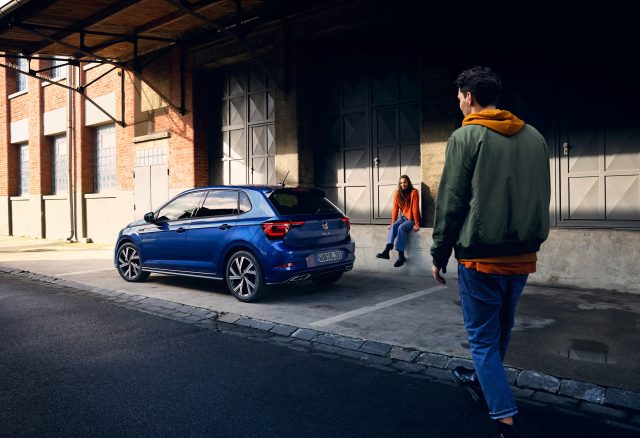
Fleet Models | Polo
A compact preview of autonomous driving
Those who seek to enjoy the benefits of partly automated driving do not necessarily need to look beyond the realm of medium-sized cars. Read now
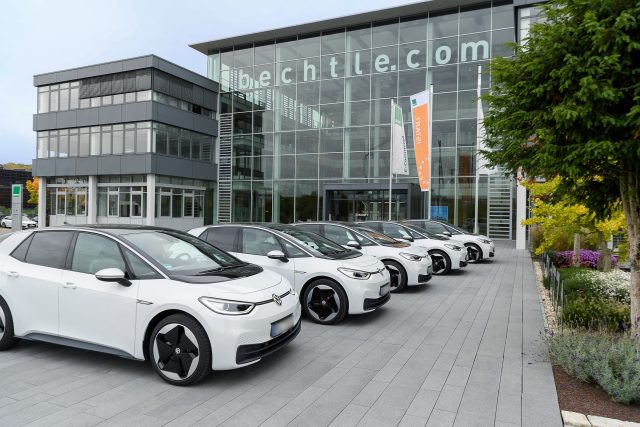
Reports | Bechtle
Start now, don’t hesitate
Das nennt man Vorreiter: Der Fuhrpark der Bechtle AG besteht bereits zu 22 Prozent aus elektrifizierten Fahrzeugen. Alleine im Jahresendspurt 2020 kamen 50 vollelektrische Volkswagen ID.3 hinzu. Uli Drautz, Leiter des Konzerncontrollings, berichtet von den Beweggründen und den Herausforderungen bei dieser Transformation. Read now

Fleet Knowledge
Plug-in hybrid vehicles and the eco-bonus
Car buyers in Germany have until 31 December 2025 to benefit from the eco-bonus when purchasing a plug-in hybrid electric vehicle (PHEV) – assuming adequate incentives are still available by then. Read now

Fleet Models | Multivan
All-rounder. Plus plug-in hybrid!
Relatively few cars today possess a cult status. One of these is an MPV: the Multivan from Volkswagen Commercial Vehicles. Extremely versatile – in commercial use too, for example as a mobile conference room – thanks to adjustable seats in the rear and an additional table module. A modern classic, in fact. Read now

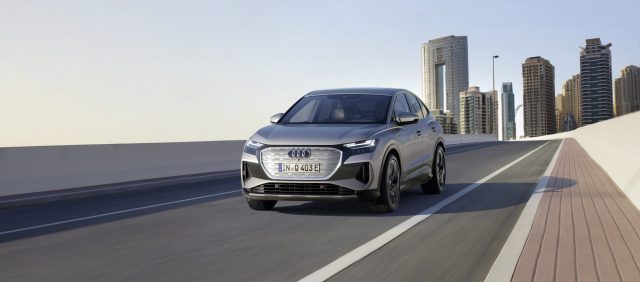
Audi | Q4 Sportback e-tron
The all-rounder for everyday life
Even climbing on board the Q4 Sportback e-tron is comfortable for instance: the doors open wide, and the seats are in a comfortably high position. Read now
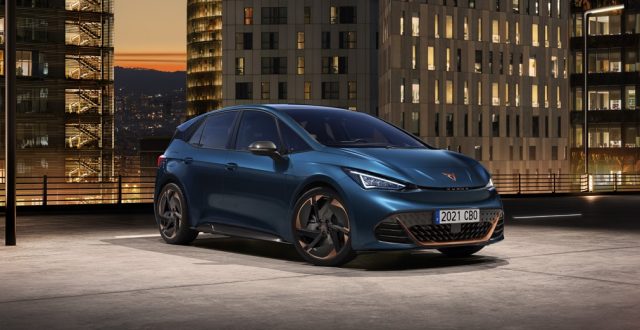
Fleet Models | CUPRA Born
A Star is … Born
A new model from the unconventional challenger brand CUPRA is sure to play a part here. After all, the Spanish brand recently unveiled its first fully electric vehicle – the CUPRA Born. Read now
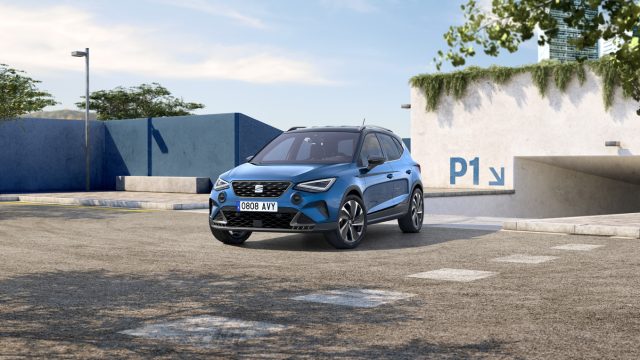

Fleet Models | ENYAQ iV 80x
Double power thanks to “double motor”
Everyone is talking about e-mobility. After all, fully electric cars produce no CO2, offer greater driving comfort and impress when it comes to acceleration. It is hardly surprising that more and more company car drivers are interested in battery-driven vehicles. Read now

Background Knowledge
“For us, making it better means making it simple”
Achieving this in the 21st century is primarily driven by data analyses and development of intelligent software. The independent company CARIAD looks after both of these aspects in the Volkswagen Group. We met for an interview with Knut Krösche, Head of Digital Business & Mobility Services. Read now

Fleet Knowledge | Unfallschäden mit Dienstwagen im Ausland – das sollten Sie wissen
What happens if a crash happens elsewhere?
Rotterdam, Katowice, Aarhus, Mailand: Was sich wie eine Gruppe in der Europa League liest, ist nicht selten der wöchentliche Reiseplan eines umtriebigen Vertriebsleiters. Read now

Fleet Knowledge
The future lies in range
Pure electric vehicles have not taken a comprehensive hold in company fleets as yet – with combustion engine models slightly ahead on longer distances in terms of range and fuel supply system. Read now

Background Knowledge | Interview
“We think far beyond the electric car”
A fleet without fuel costs: What may sound utopian to the ears of many fleet operators is getting tantalisingly closer thanks to electric mobility according to Elke Temme. Read now

Background Knowledge | E-Fuels
Quo vadis, e-Fuels?
A very good question considering the current climate protection goals. And because the answer needs to be carefully thought out – especially when it comes from one of the world’s largest car manufacturers – first a little background Read now




Fleet Knowledge | E-Range
Relax on the road with electric power
Long journeys are not for electric cars? Far from it! – With the right planning, long-distance business trips are even more relaxed than ever. We will show you what to look out for on long hauls. Read now

Background Knowledge | Digitalisierung
The digital car
Digitalisation of our everyday lives is gathering pace a bit more every day, or so it feels. The same goes for mobile living, which is also set to become more convenient, safer and efficient than before thanks to digital services. What this means for company fleets and their company car users – an overview. Read now

Fleet Models | OCTAVIA
Simple calculation: petrol plus electricity equals plug-in hybrid
It is one of the ŠKODA brand’s bestsellers, particularly in the fleet segment – the OCTAVIA. Now in its fourth generation, the compact car offers more different drive options than ever before, thus ensuring its status as a true all-rounder when it comes to the various uses. Read now
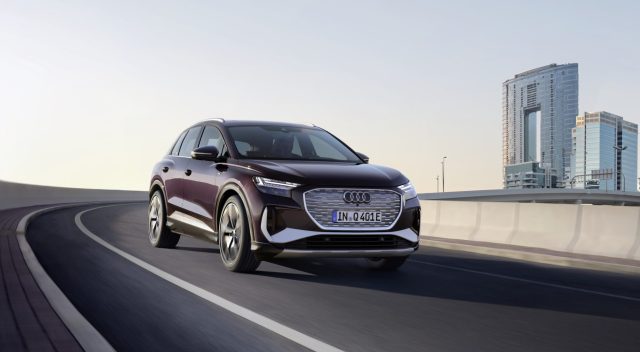

Background Knowledge | Operating System
Transformers
With its own vehicle operating system, its own automotive cloud and a new electronic architecture in its vehicles, Volkswagen is gradually evolving into a software-driven mobility provider. How do fleet customers benefit? Read now

Background Knowledge | Martin Roemheld, Part 2
„E-cars are better cars“
More models, more quick-charging stations, more services: according to Martin Roemheld, Head of E-Mobility Services at Volkswagen AG, 2021 will be the year of electric mobility. In the second part of the interview, the expert talks about central topics such as charging infrastructure, charging times and the status quo in Germany and Europe. Read now

Fleet Knowledge | 10 questions, 10 answers
The lowdown on batteries
The battery is the heart of an electric vehicle, yet still remains uncharted territory for many customers. We’d like to change this by answering ten frequently asked questions: discover more about the construction of a battery, the charging process, types of current and range .... briefly and concisely. Read now

Background Knowledge | Interview
“Demand for flexible and multimodal solutions is growing”
Jochen Schmitz is Head of International Fleet at Volkswagen Financial Services. In the interview, he talks about the current changes and challenges facing the fleet market – and how his team is supporting customers during these dynamic times. Read now
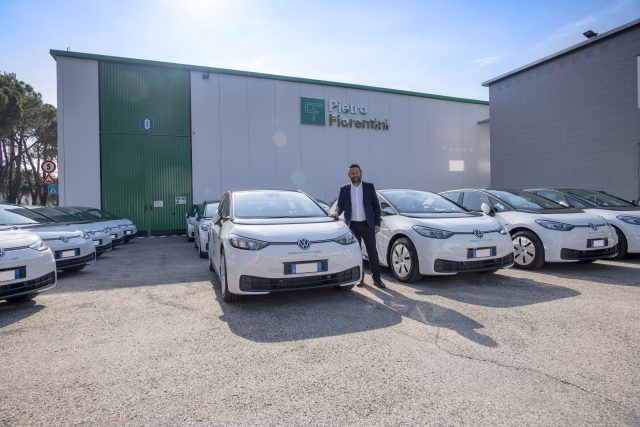
Reports | Pietro Fiorentini
„It’s not about cars, it’s about culture change“
Long distances, frequent use, many users: The pool vehicles of the Italian technology solutions provider for the multi-gas system Pietro Fiorentini are exposed to high loads. Now the company has decided to electrify its fleet. Fleet Manager Lorenzo Groppo reveals in an interview how the conversion succeeded. Read now
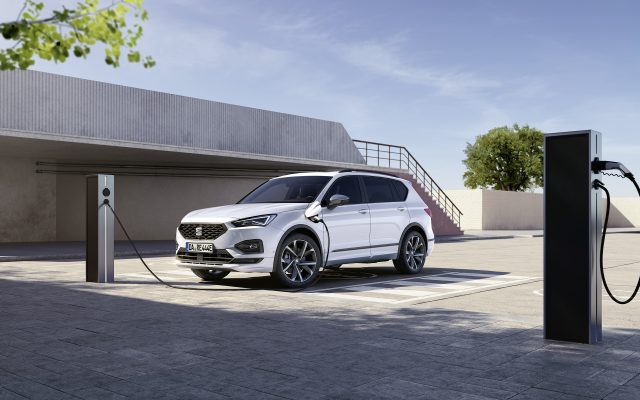
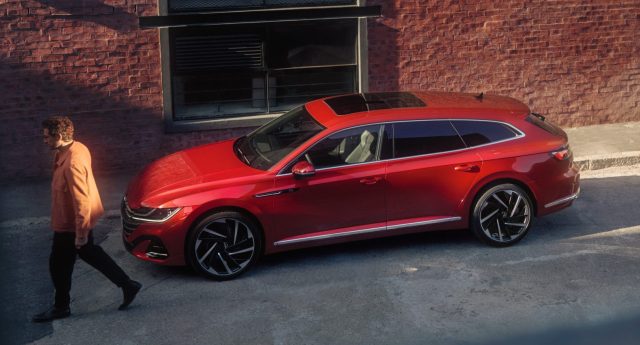
Fleet Models | Arteon Shooting Brake
The perfect fleet vehicle
The new model version of the Arteon is embarking on a new chapter as a company car. This is especially against the backdrop of the relaunch of Volkswagen’s Gran Tourismo last autumn, when this strong brother joined as the latest member of the model family. Read now

Fleet Knowledge | What to be aware of with parking spaces for electric vehicles
Electric vehicles only!
Fuel pumps with power plugs, or a car with round headlights and a cable sticking out of it: the German traffic sign jungle is getting denser due to electric mobility. Read now

Background Knowledge | Martin Roemheld, Part 1
„E-cars are better cars“
More models, more quick-charging stations, more services: according to Martin Roemheld, Head of E-Mobility Services at Volkswagen AG, 2021 will be the year of electric mobility. In the first part of the interview, the expert talks about promotional concepts, the acceptance of electric mobility and explains why he feels comfortable driving his ID.3 even long distances with low remaining battery capacity. Read now
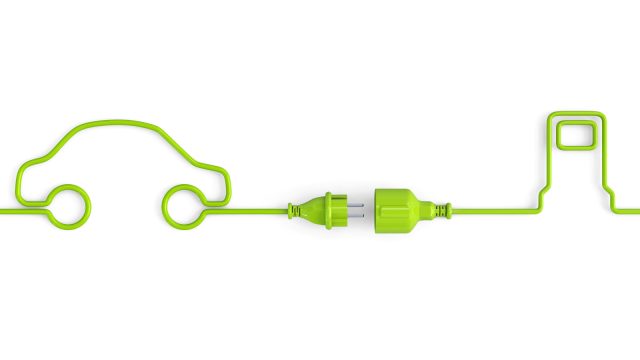
Background Knowledge | Charging infrastructure
Avoiding pitfalls
Even if electric mobility is slowly gaining ground, many companies are only just beginning to electrify their fleets. Read now
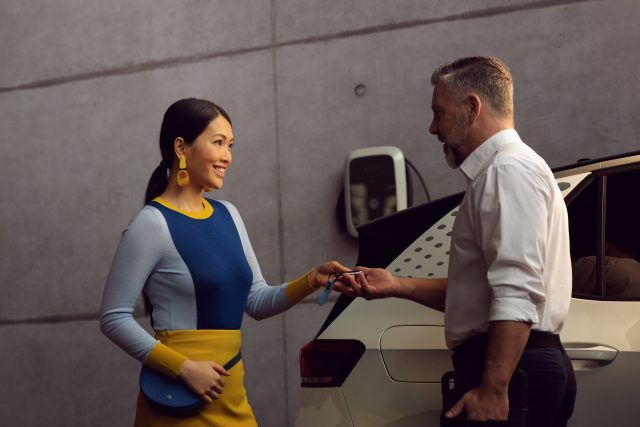
Fleet Knowledge | Long-term rental
Long-term rental for fleet customers? Yes, but only if it is tailored!
A suitable car for a suitable period for a monthly fixed price: so-called long-term rental is an increasingly popular choice for anyone who needs maximum flexibility when it comes to mobility. Read now
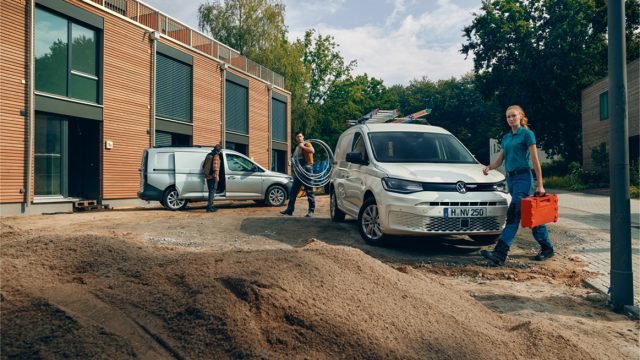
Fleet Models | Caddy Cargo
The capable load carrier
Volkswagen Commercial Vehicles has created the new Caddy Cargo for functional fleets: depending on the version, the city van can transport up to 723 kilograms – up to 100 kg on the roof. Read now

Sustainability
TATTOO.
„Dieses Buch ist so knallhart – vollgepackt mit fantastischem Shit aus der Geschichte des Tätowierens, den ich über 40 Jahre gesammelt habe. Vieles davon hat man nie zuvor gesehen. Das war eine echte Herzensangelegenheit!“ Henk Schiffmacher Der legendäre Tätowierkünstler und Historiker Henk Schiffmacher nimmt uns mit auf seine ganz persönliche Reise durch 200 […] Read now

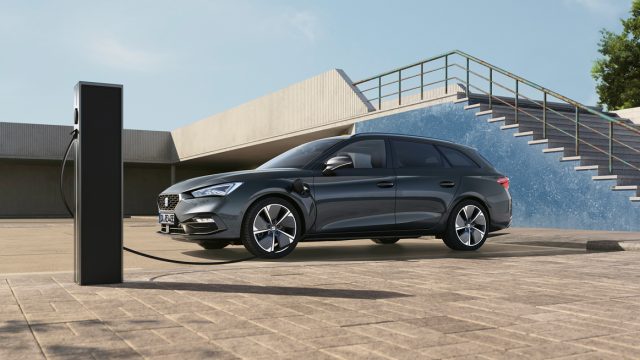
Fleet Models | Leon Sportstourer e-Hybrid
Best of both Worlds
For company drivers, the benefits of a plug-in hybrid are obvious: Firstly, they allow fully electric driving, for example when commuting to work. Secondly, they can also be used for unplanned longer journeys, for example when travelling to an appointment with a customer. Read now
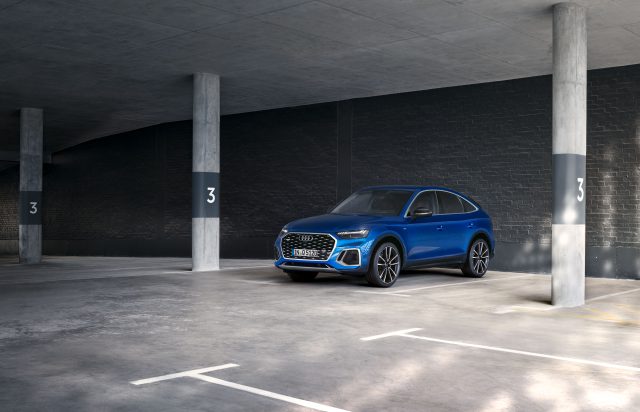
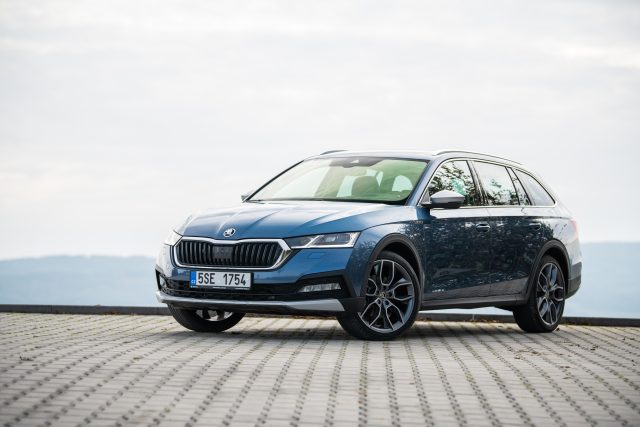
Škoda | OCTAVIA e-TEC
More variety, lower fuel consumption
With the Czech brand, you can increase the variety of drive types in your fleet the clever way. The OCTAVIA is now available with a mild hybrid drive... Read now

Reports | 50 NEW ID.3 FOR IT SPECIALIST
A new era of electric mobility at Bechtle
Fully electric, a long range and ideal for fleets: by adding 50 brand new Volkswagen ID.3s to its fleet, the German company Bechtle AG made a clear statement regarding sustainable mobility in November 2020. Read now

Fleet Knowledge | Electric mobility | Bonuses in the EU
Extensive subsidy programmes for electric vehicles
Numerous countries in the European Union have already set up subsidy programmes for the purchase of fully electric vehicles. Read now
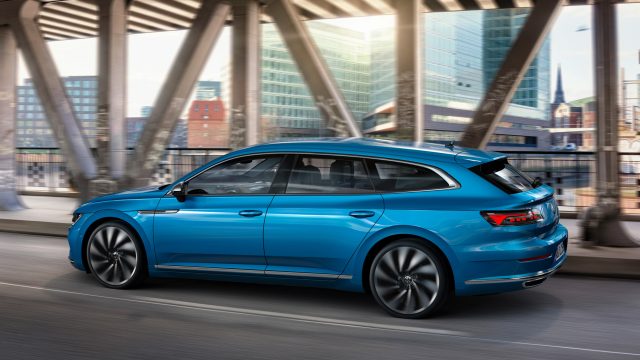
Fleet Models
Power up!
Der neue Arteon folgt keinem Vorbild und keinem Trend. Er ist vielmehr das Gesicht in der Menge, zeigt sich progressiv, business-like und jetzt auch elektrifiziert. Read now